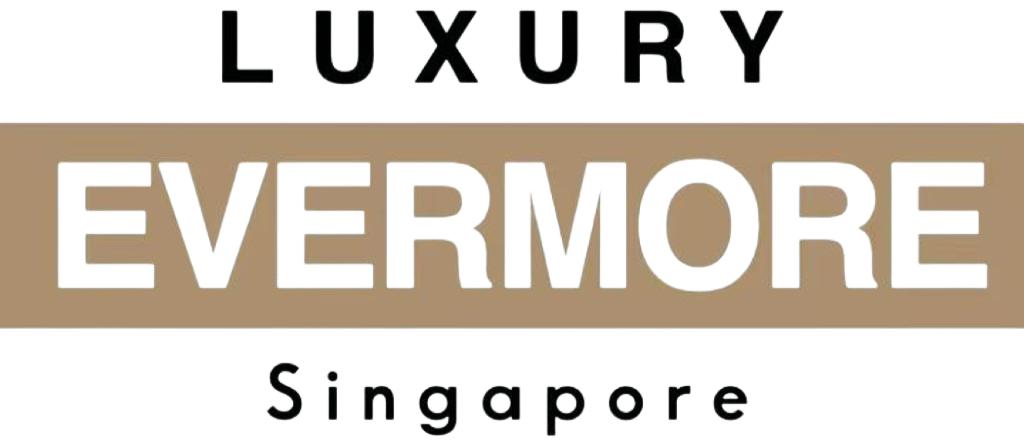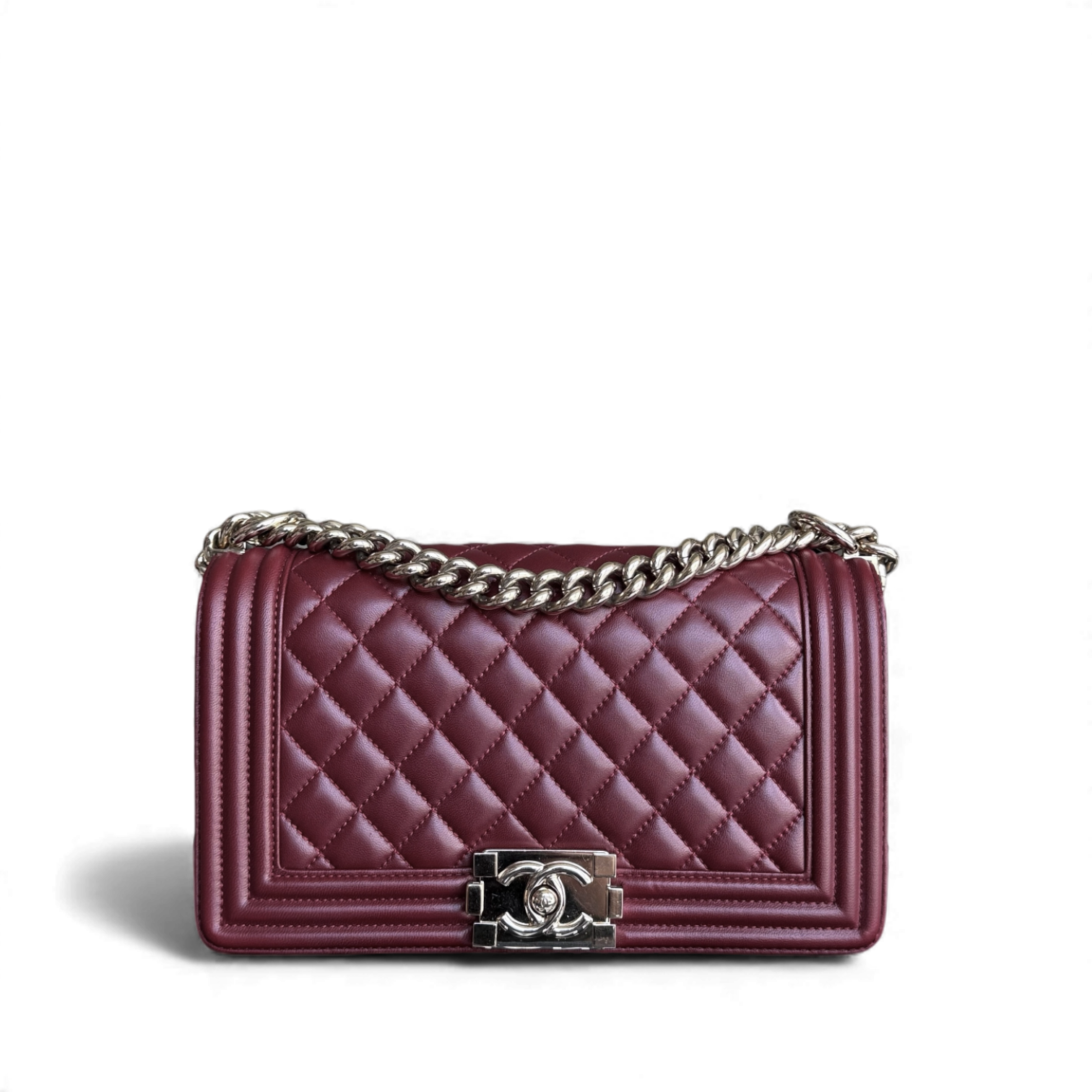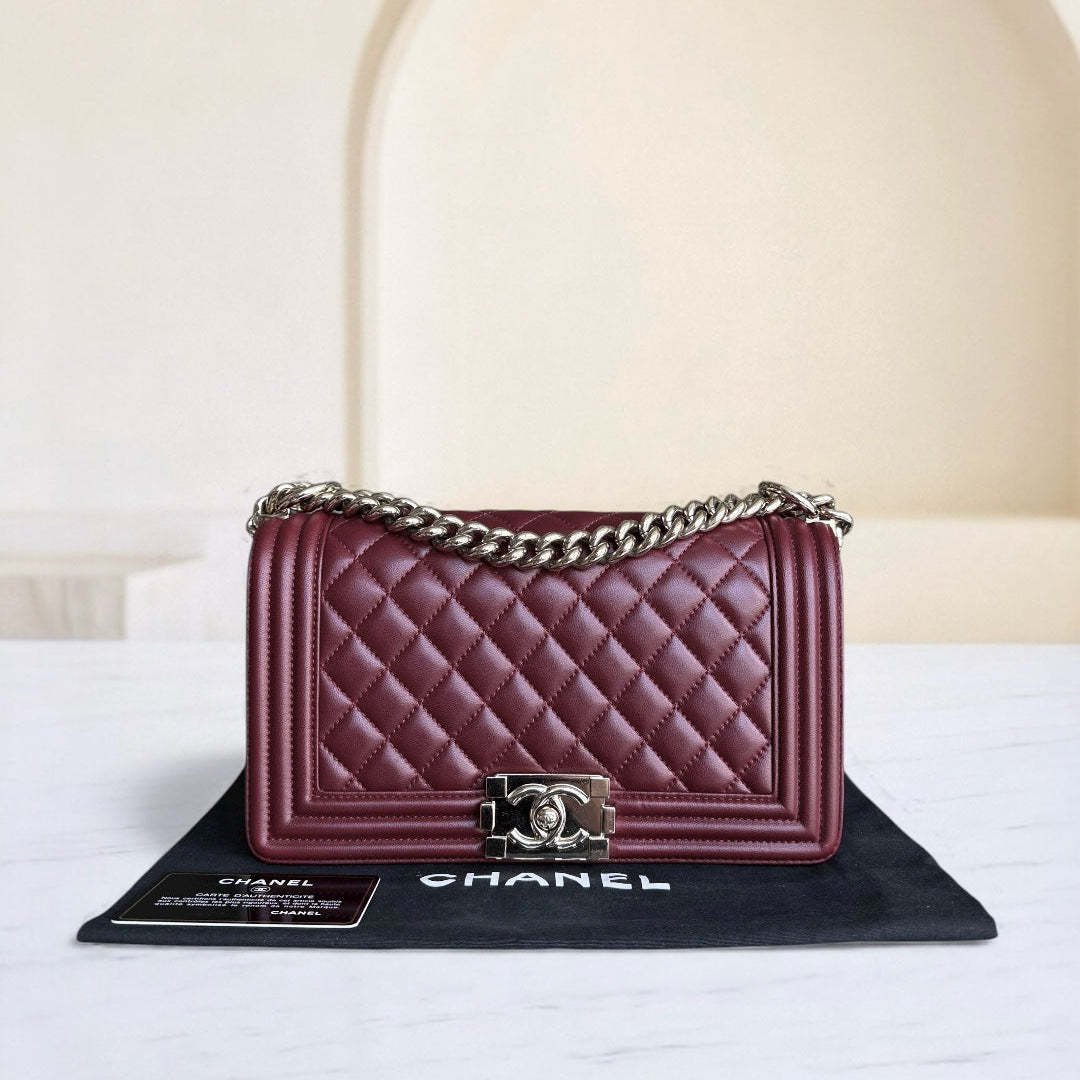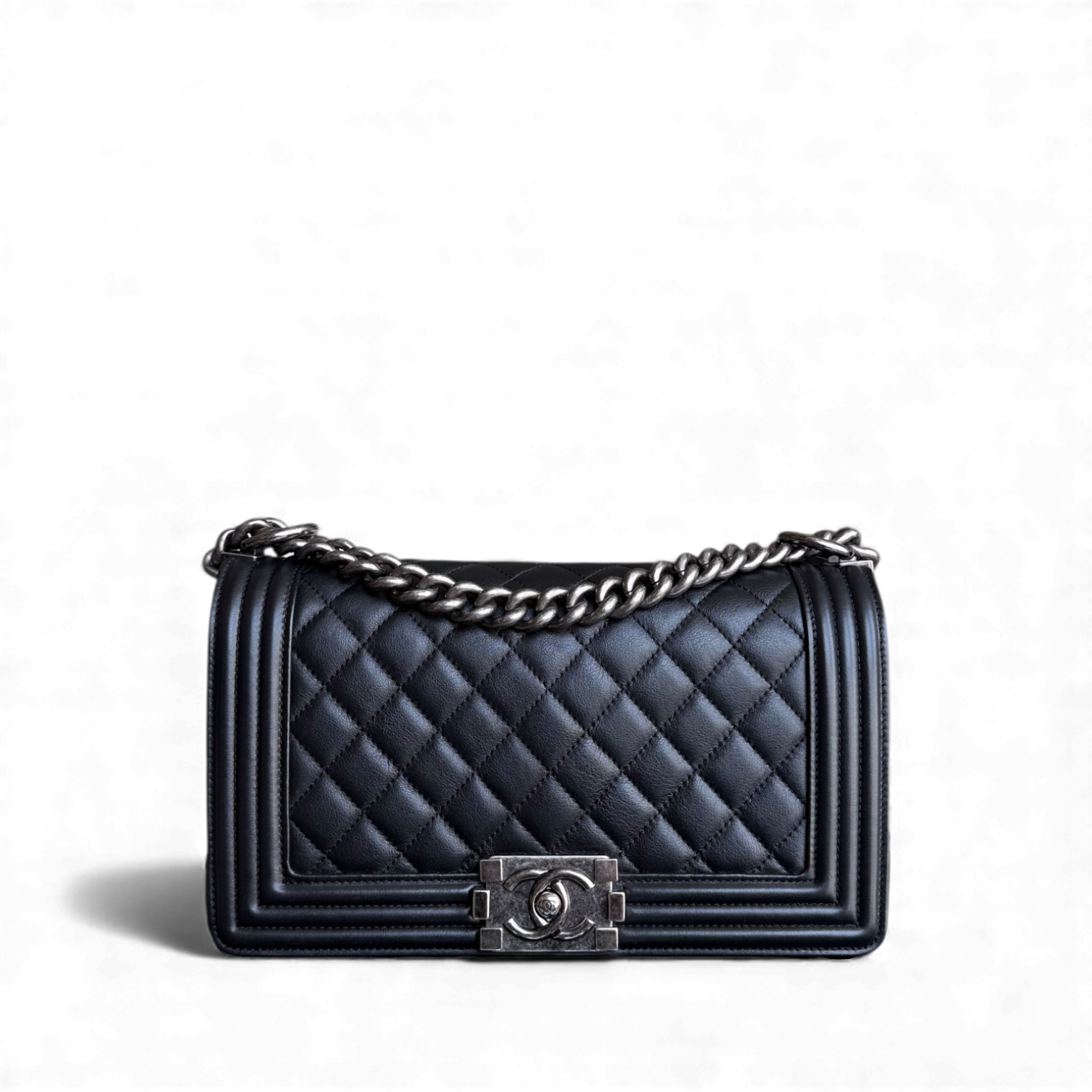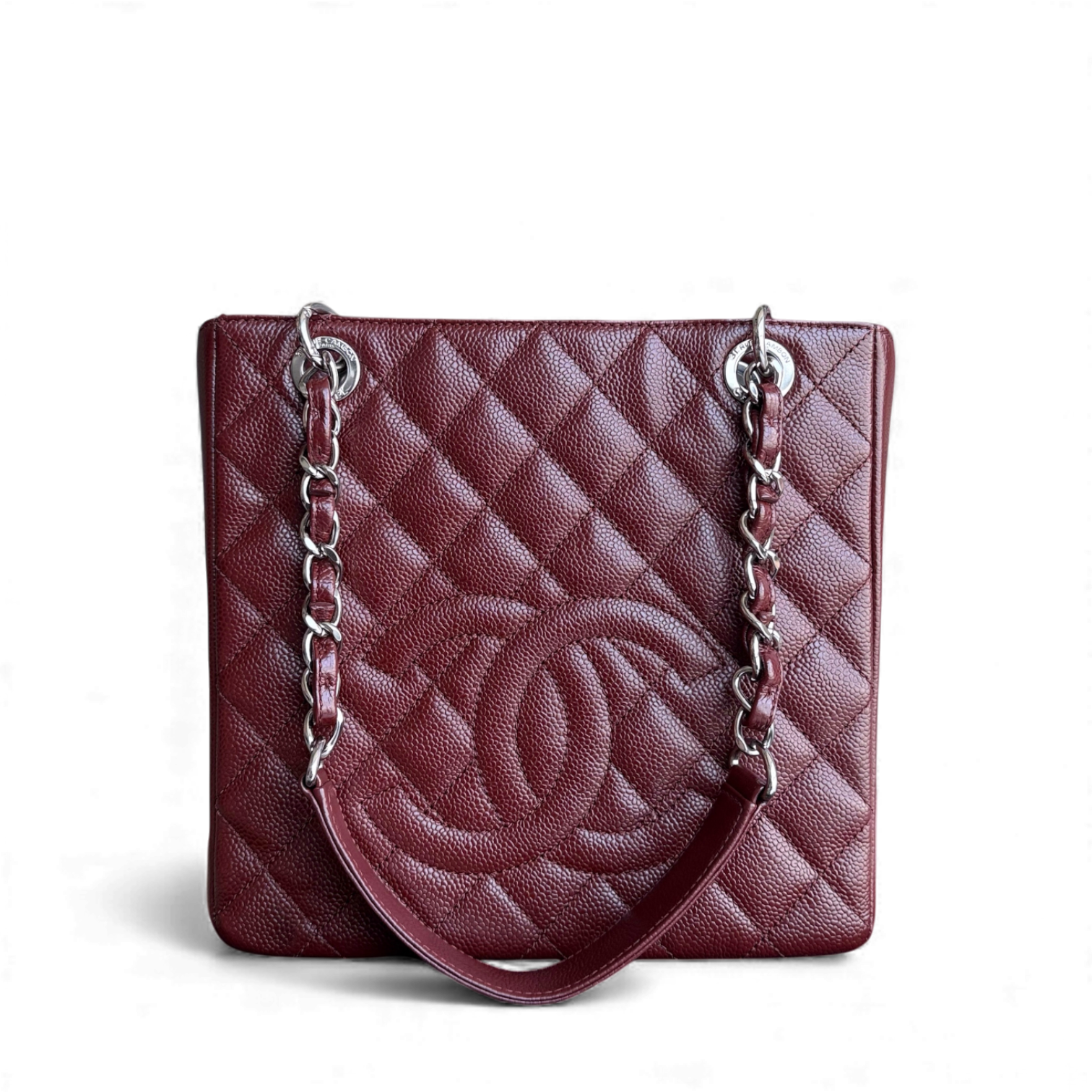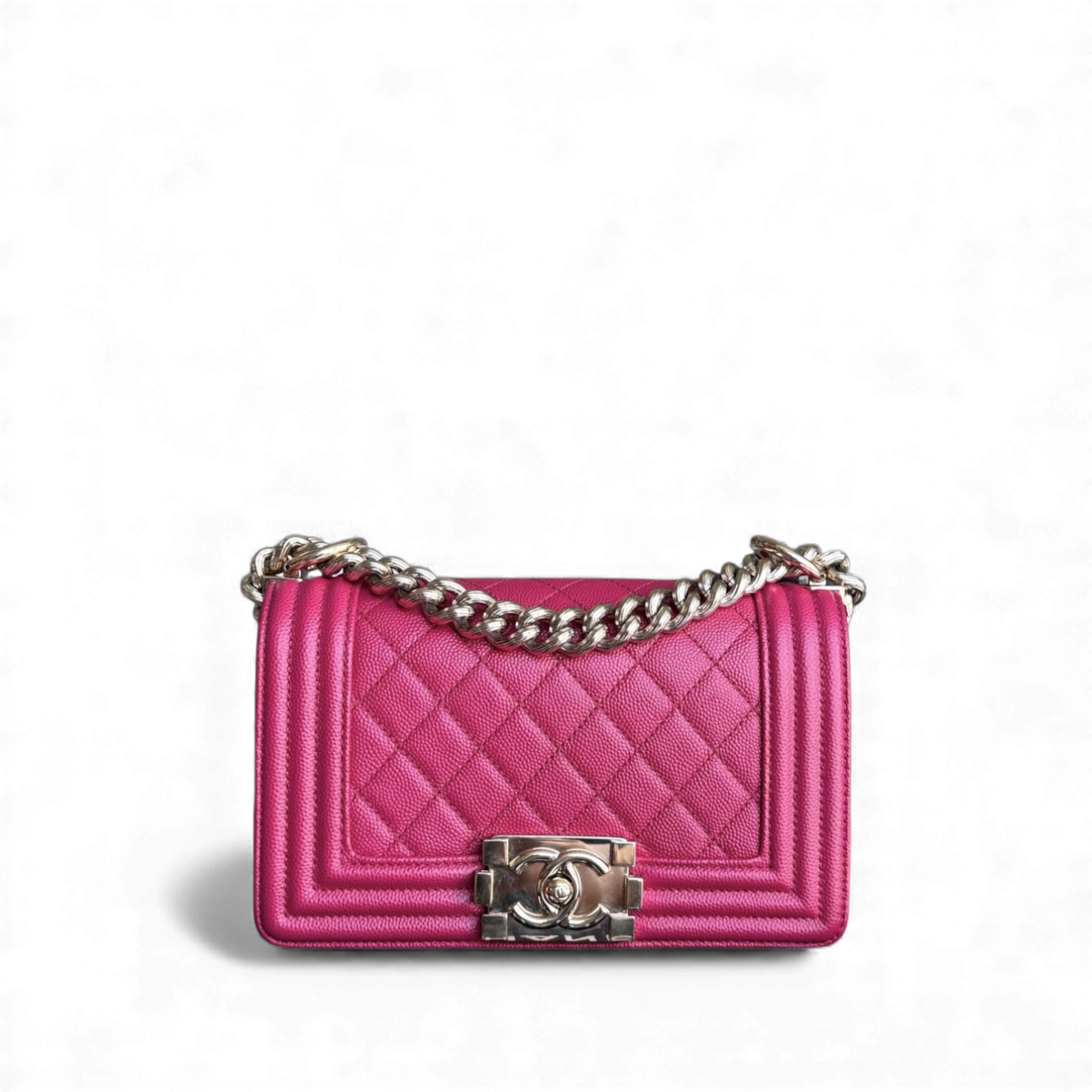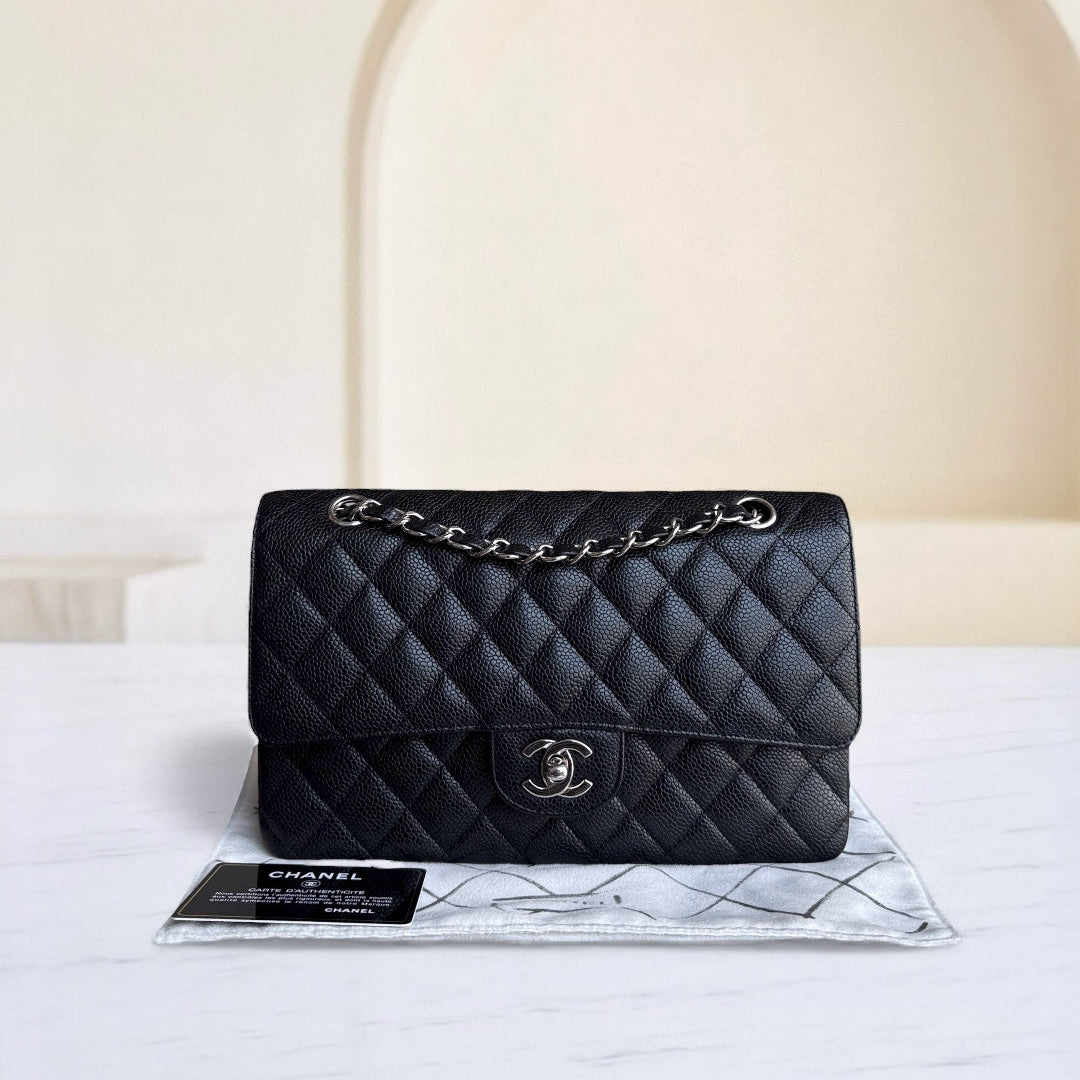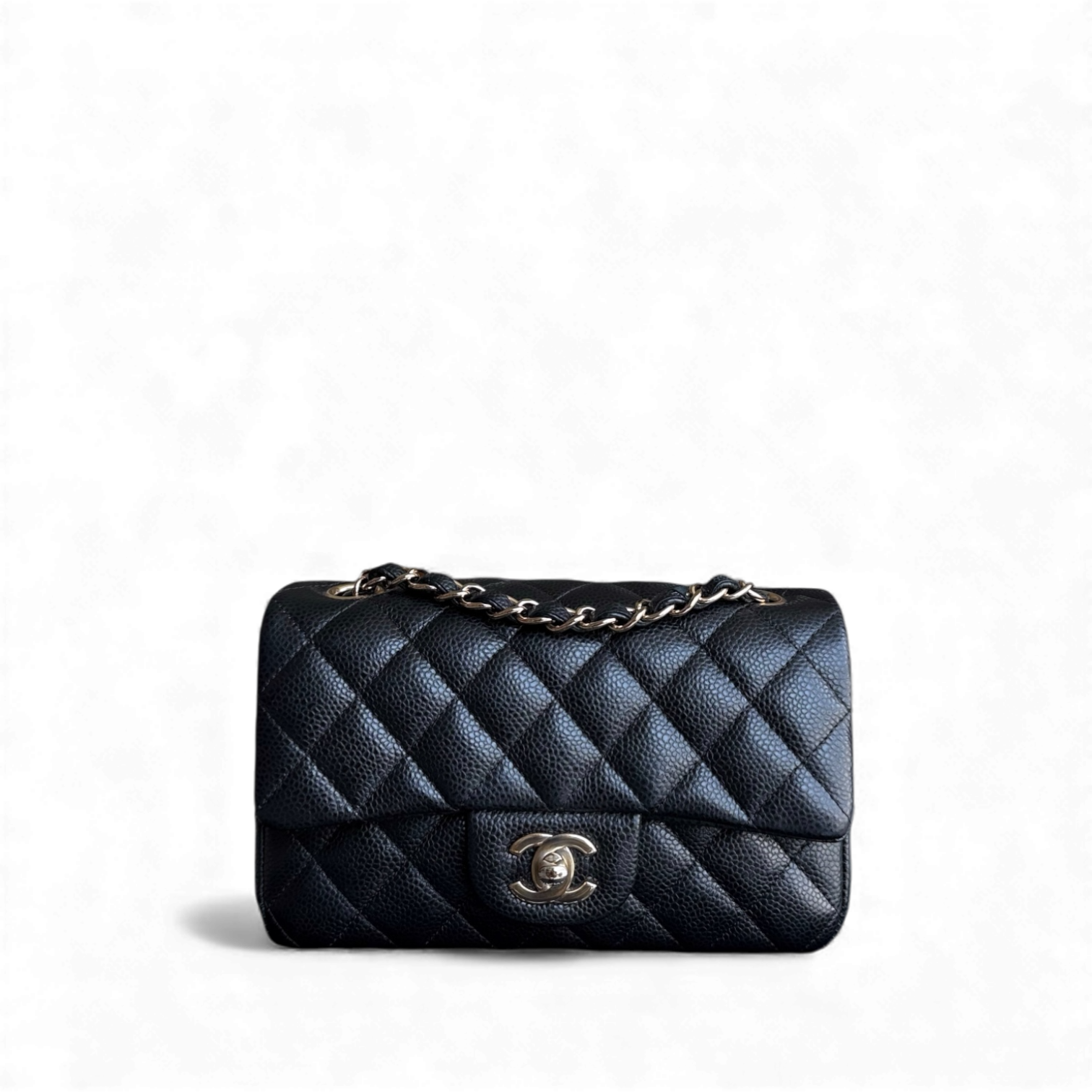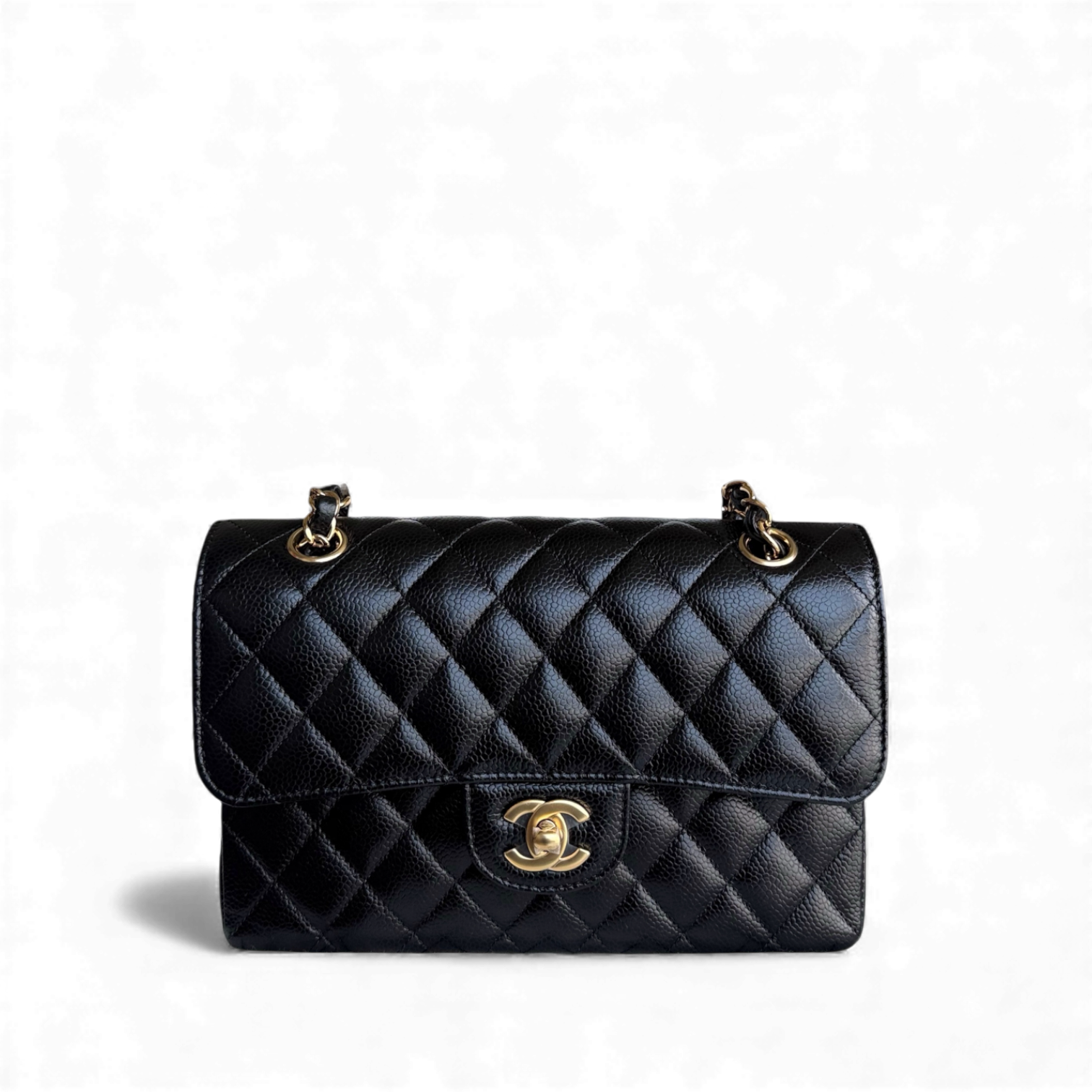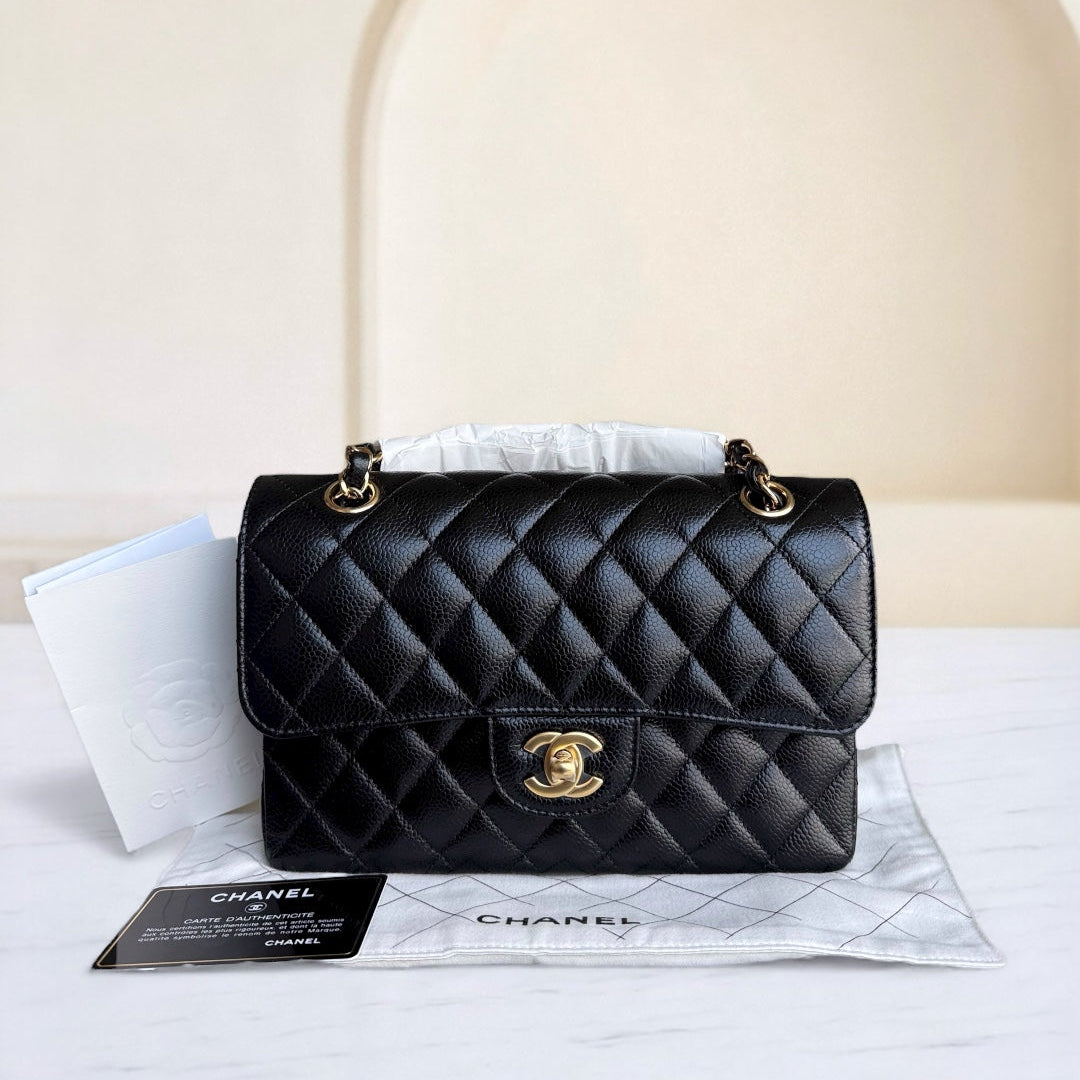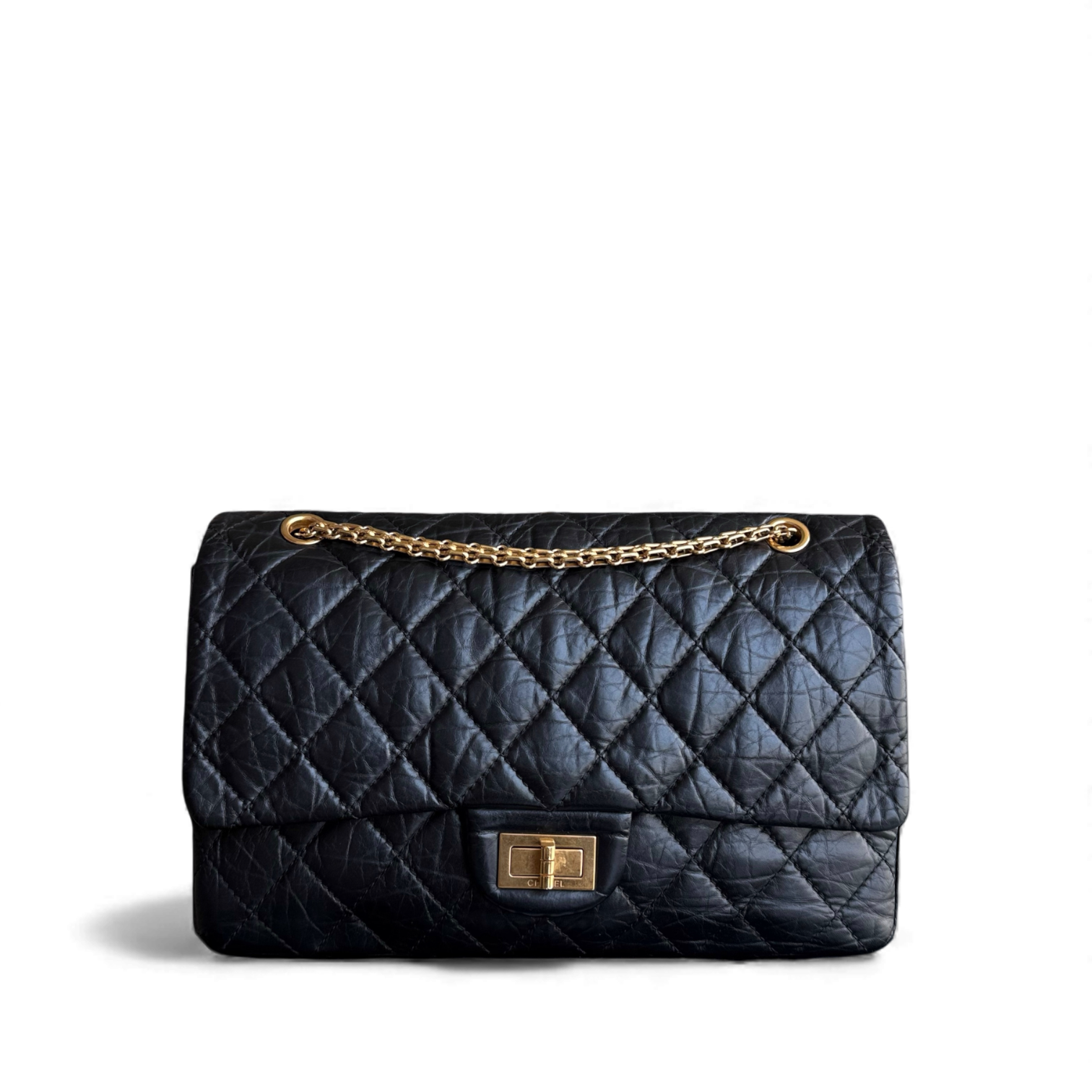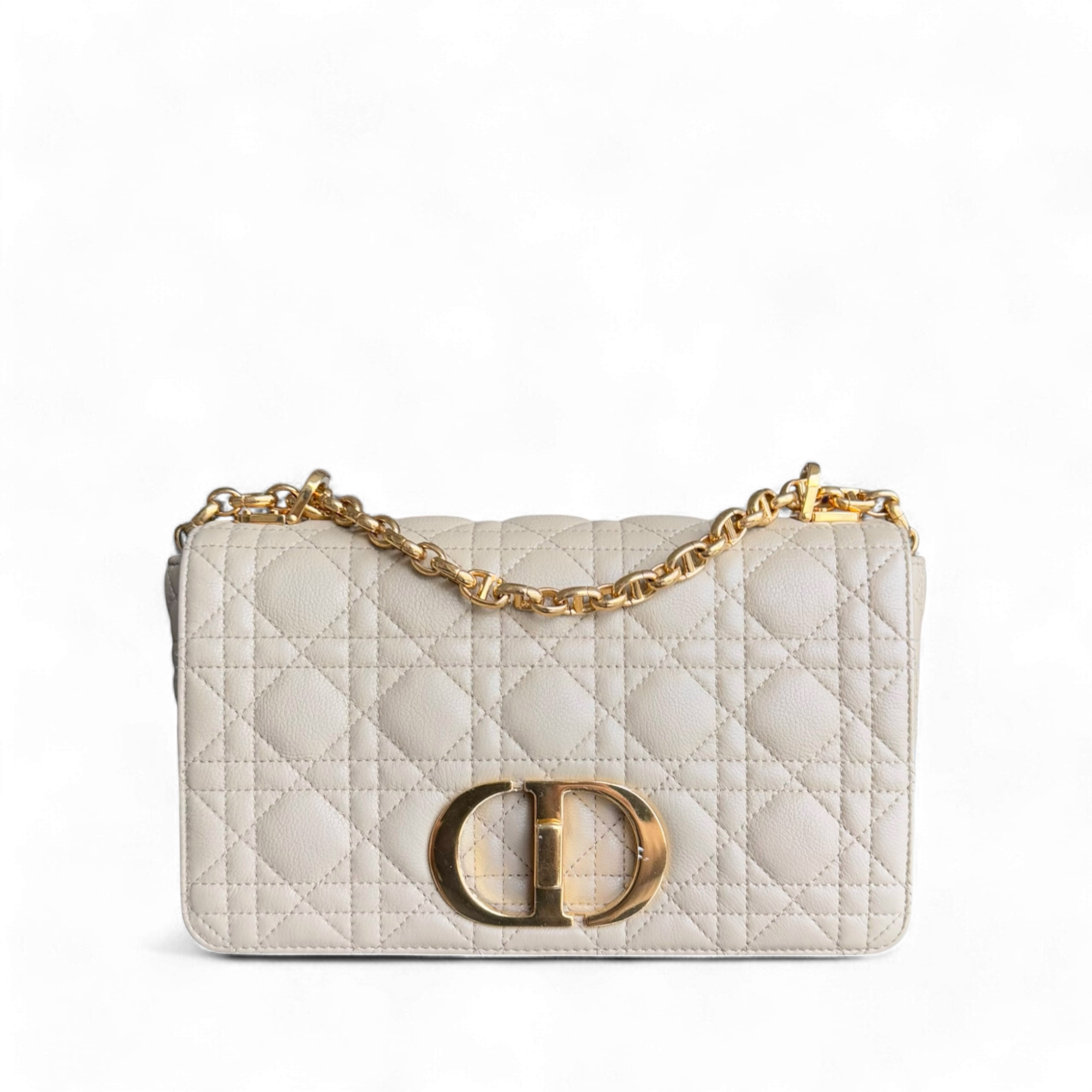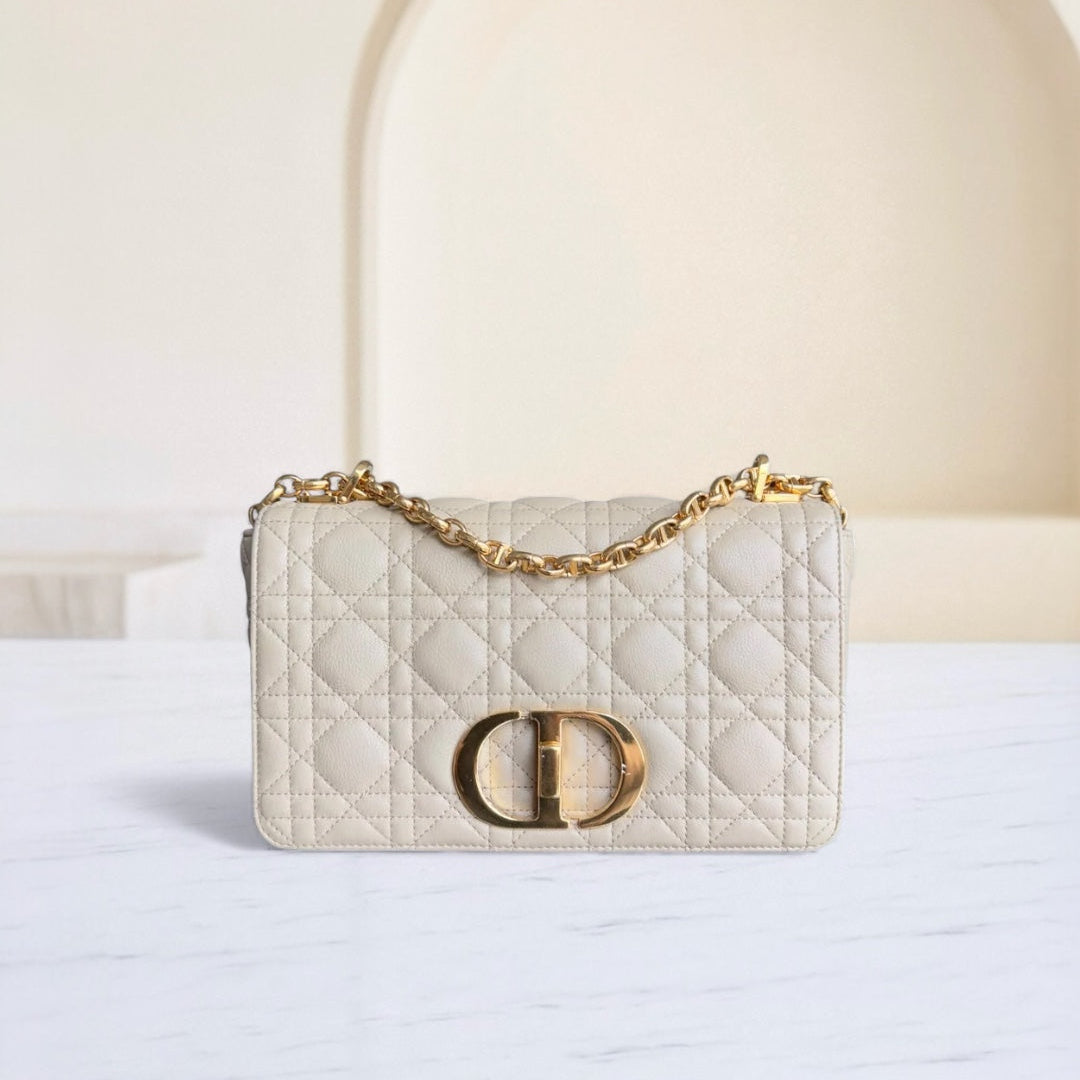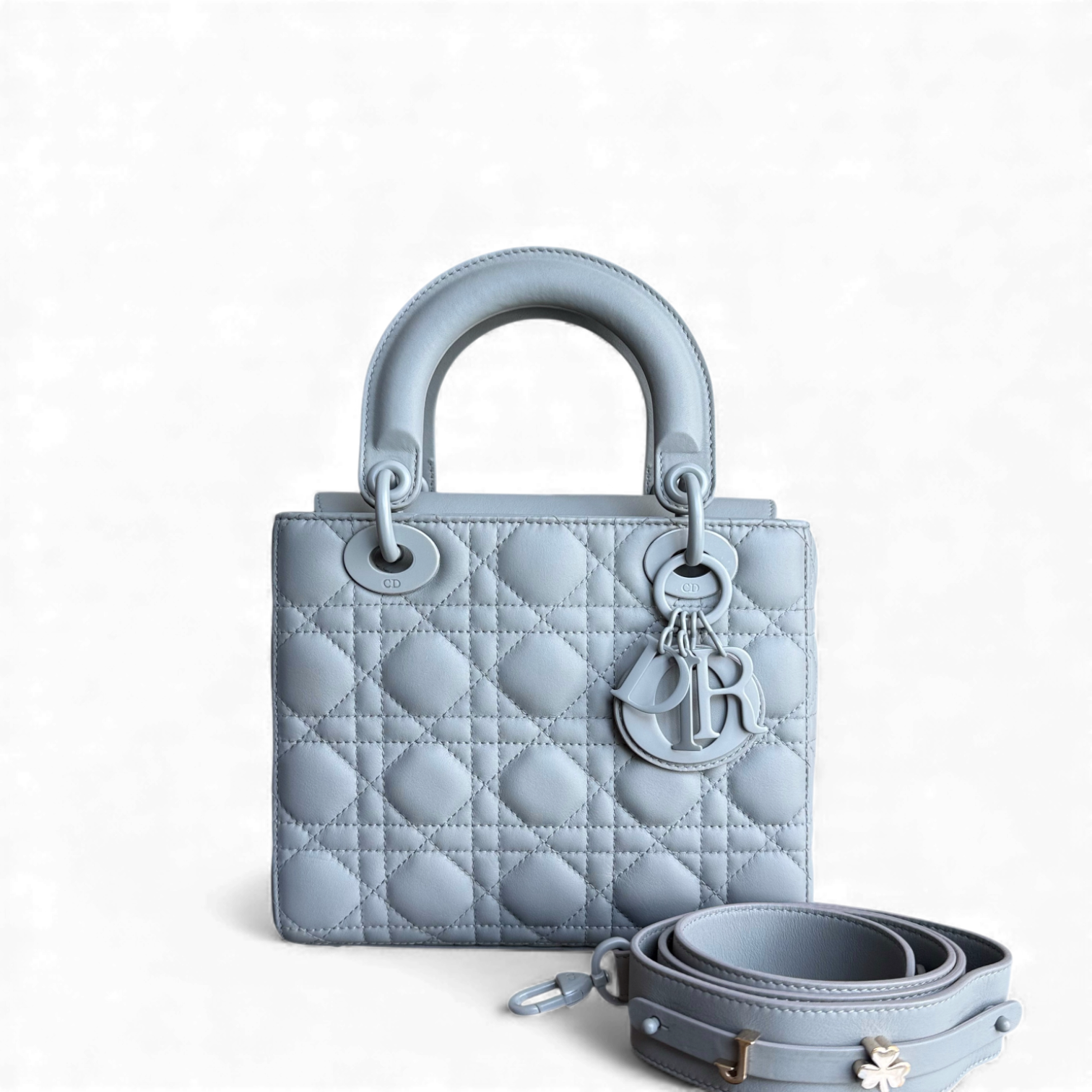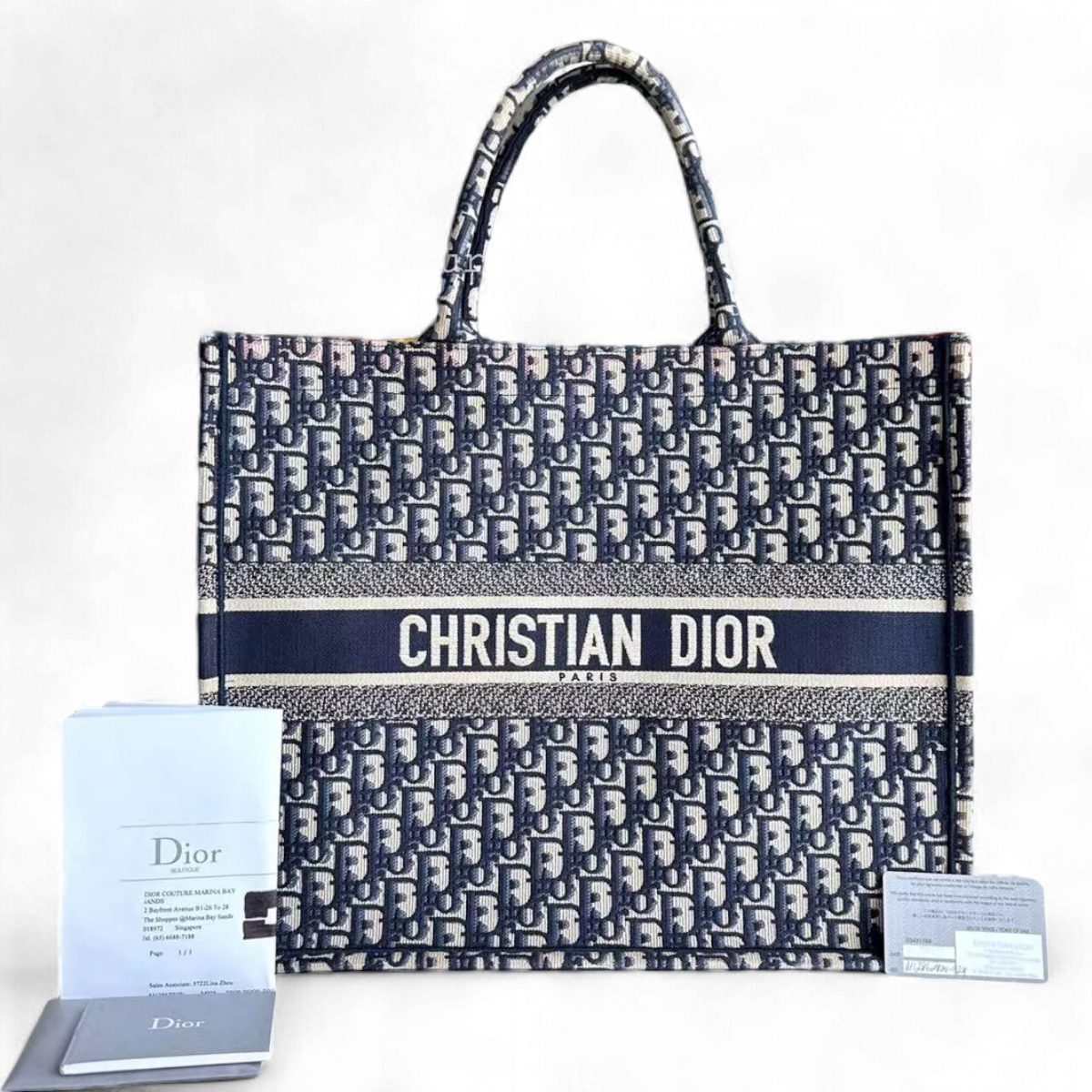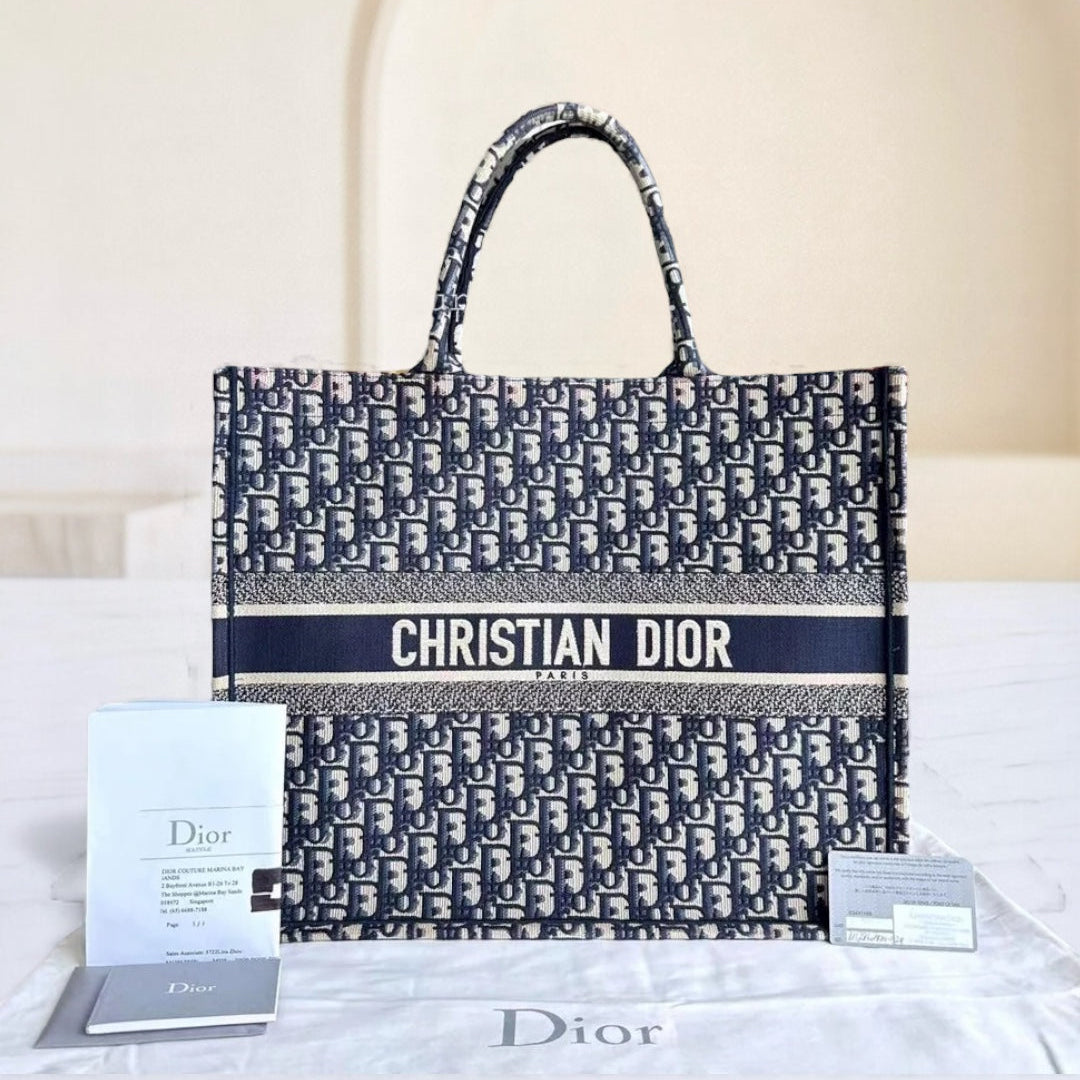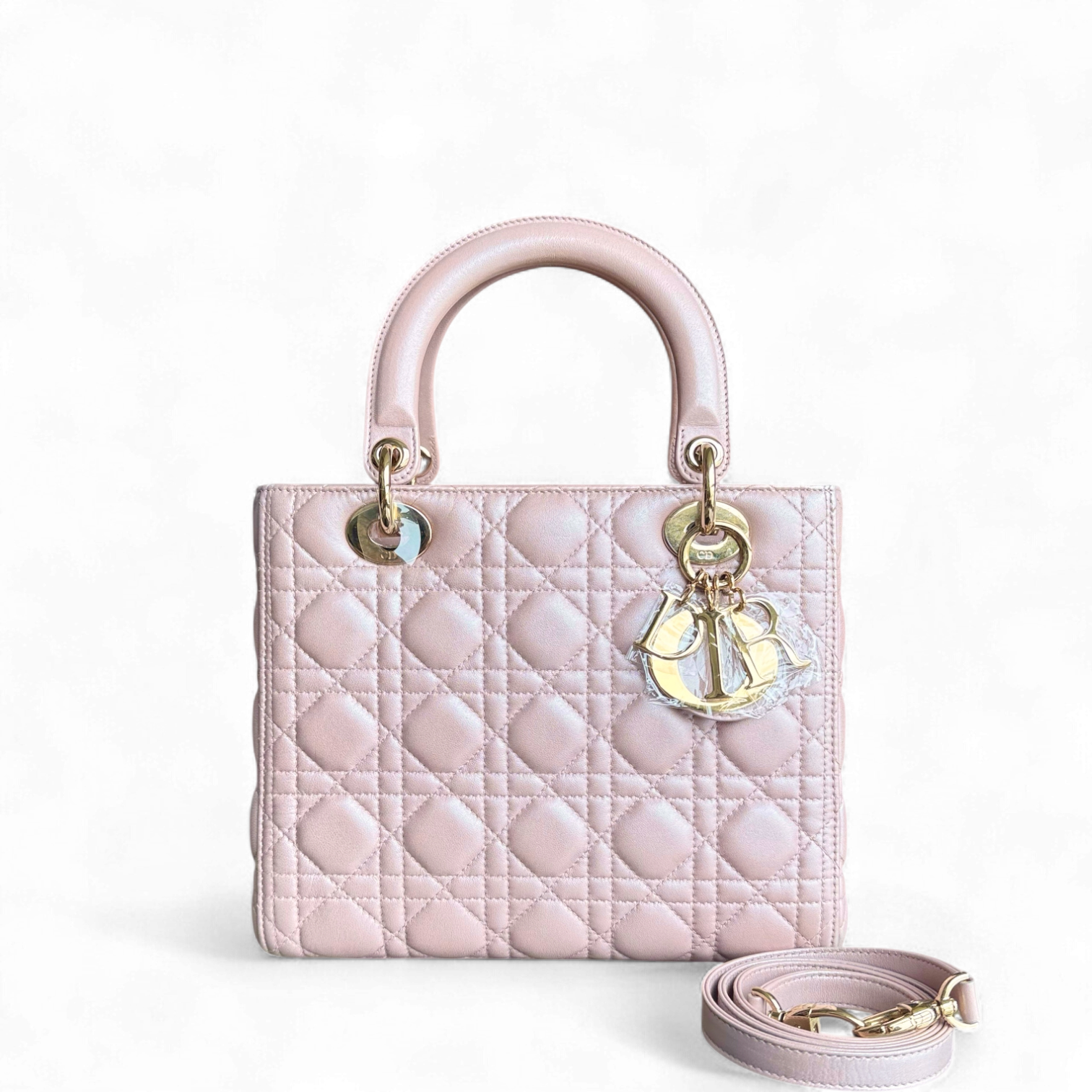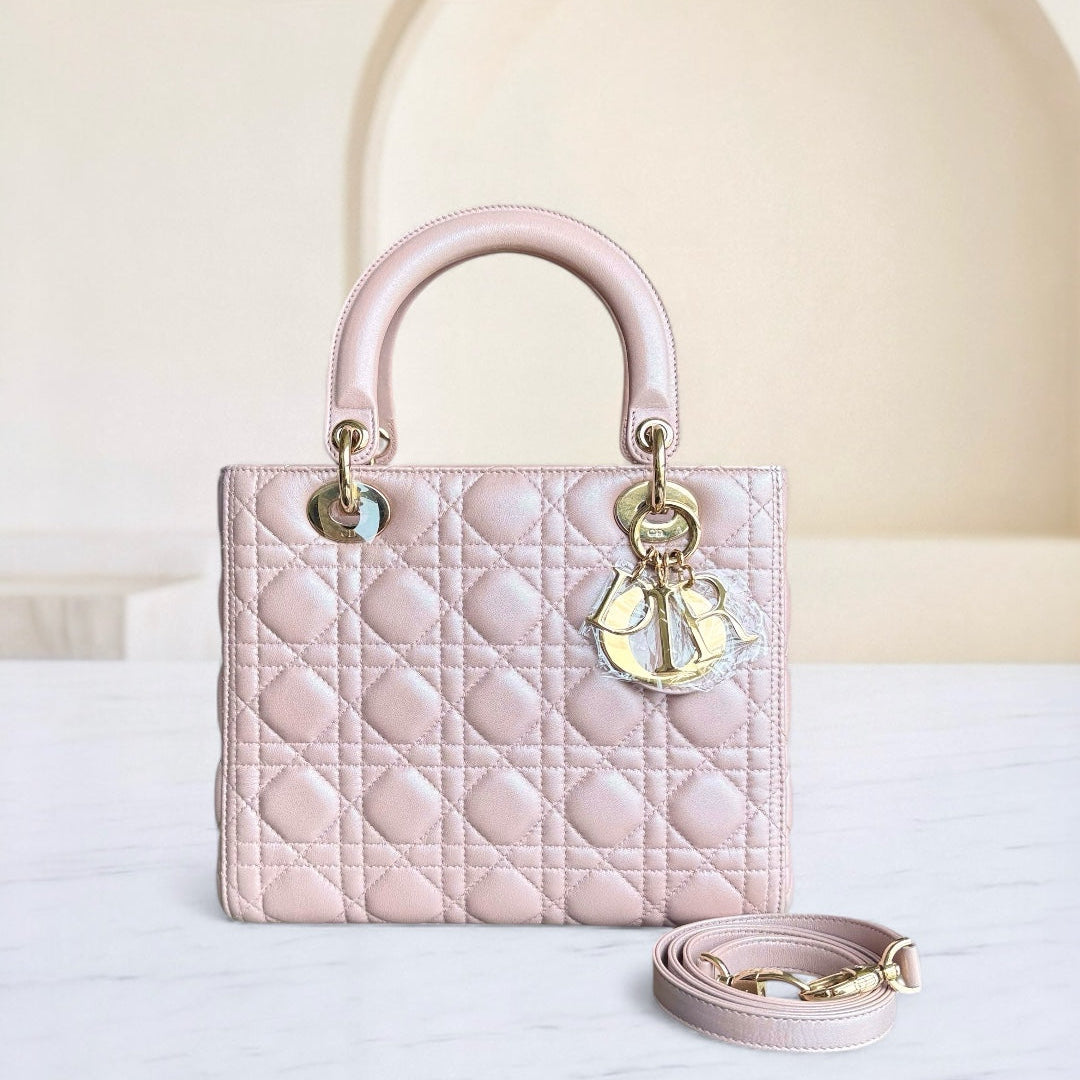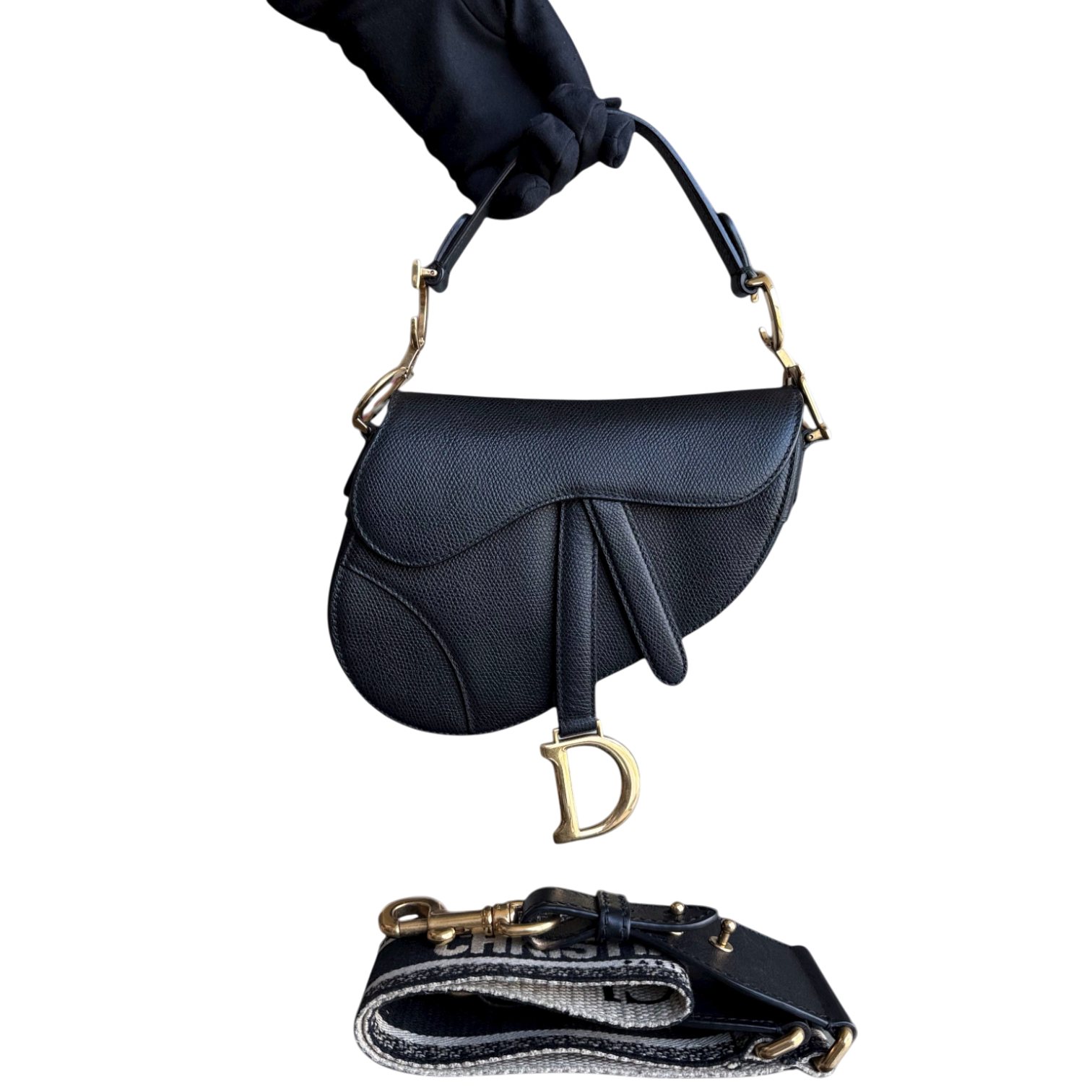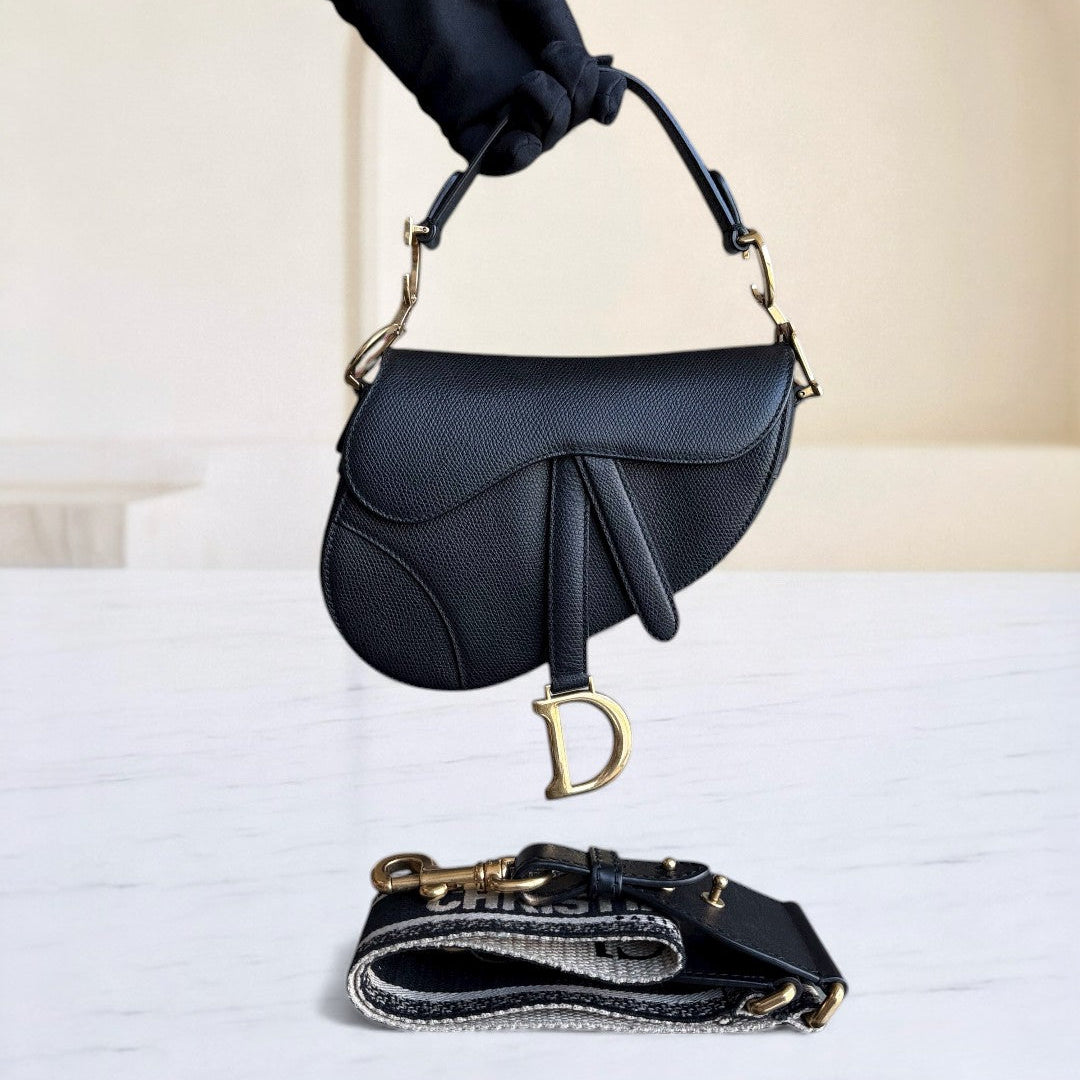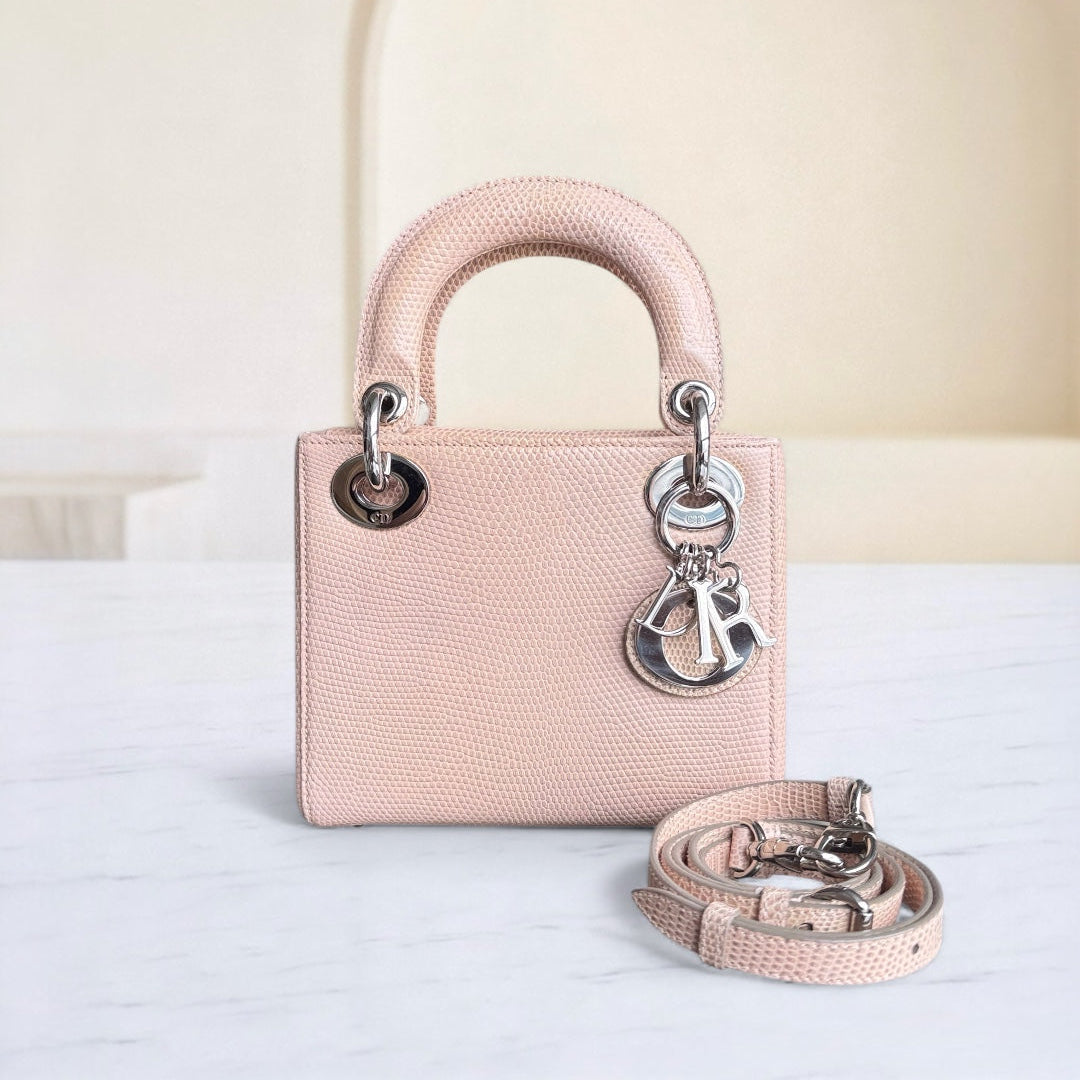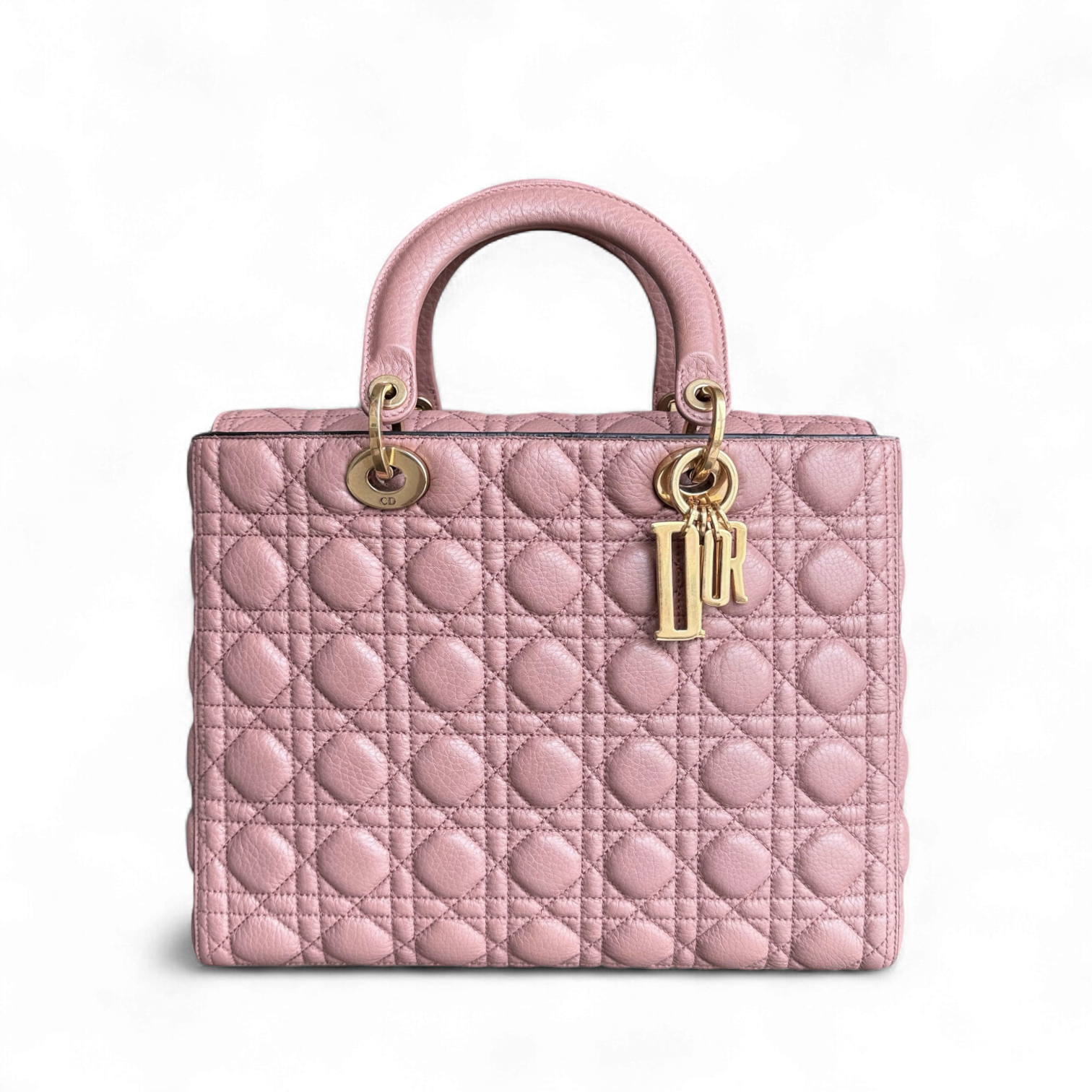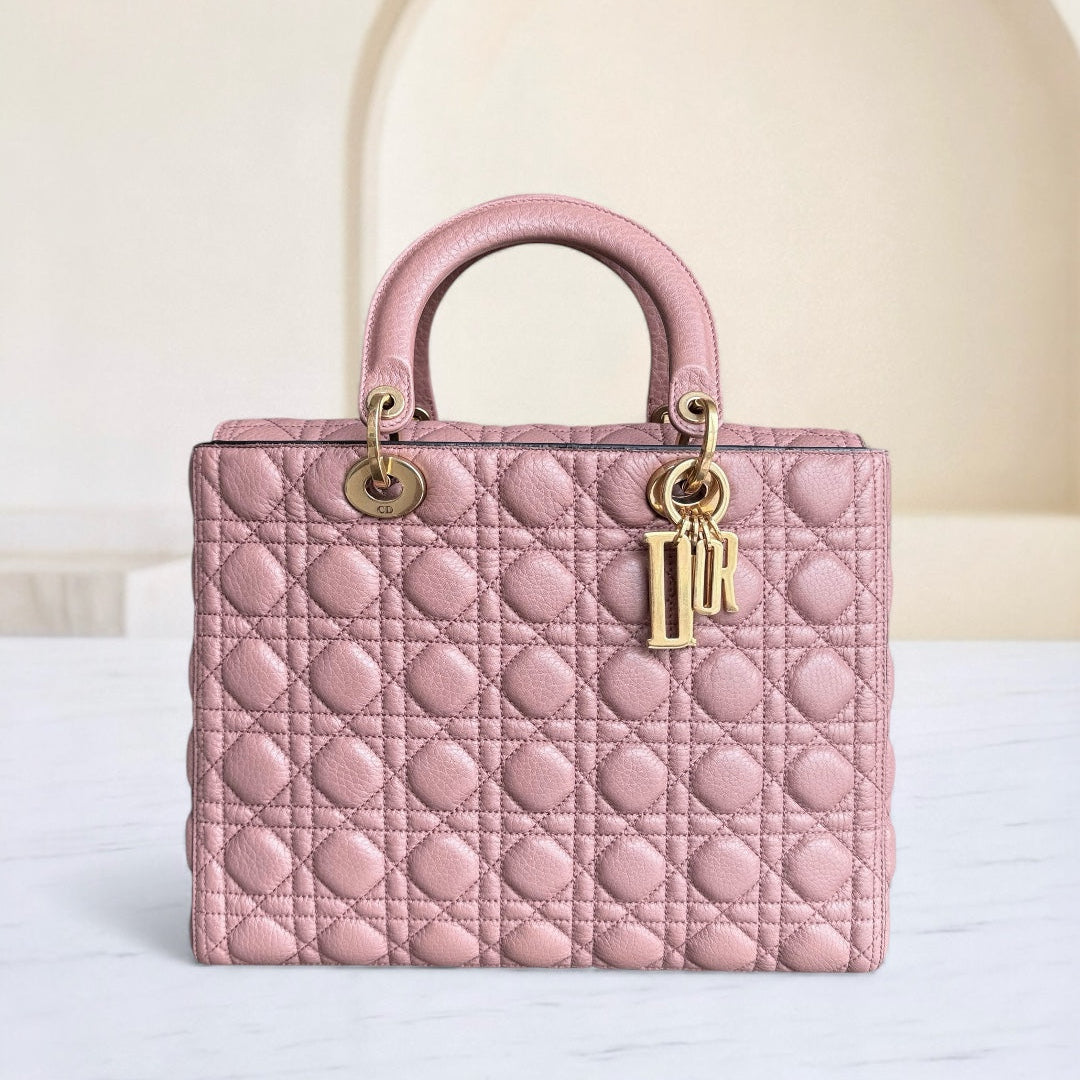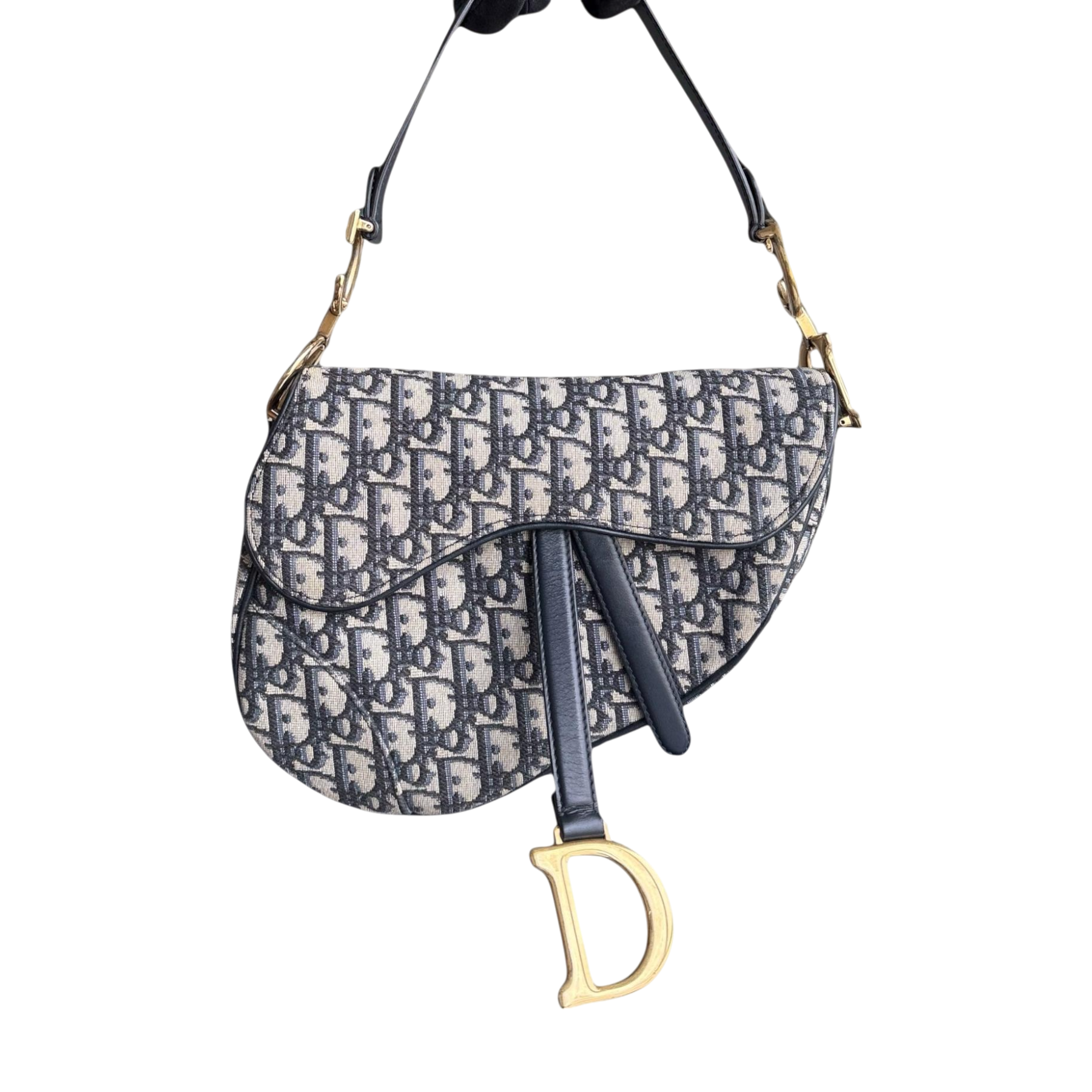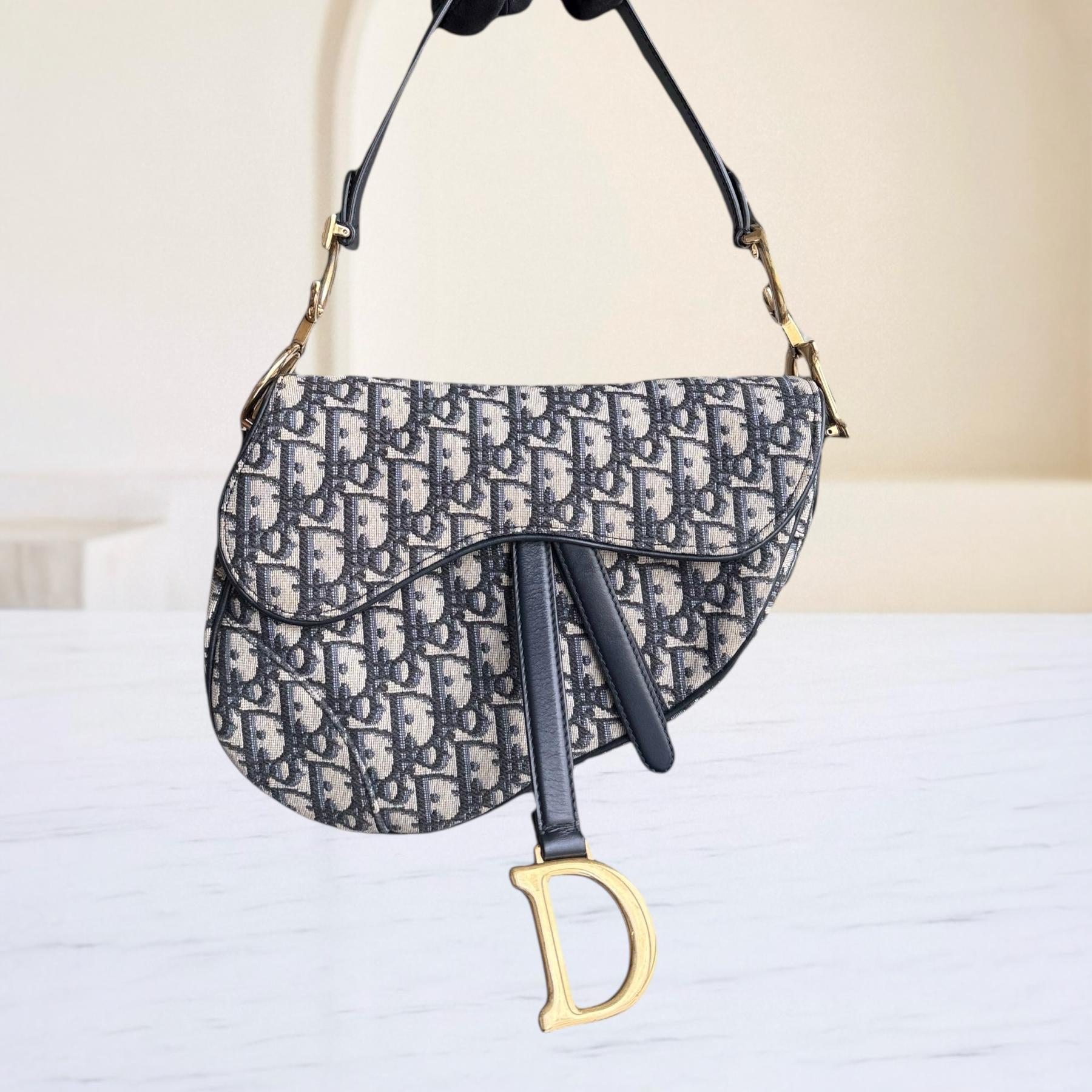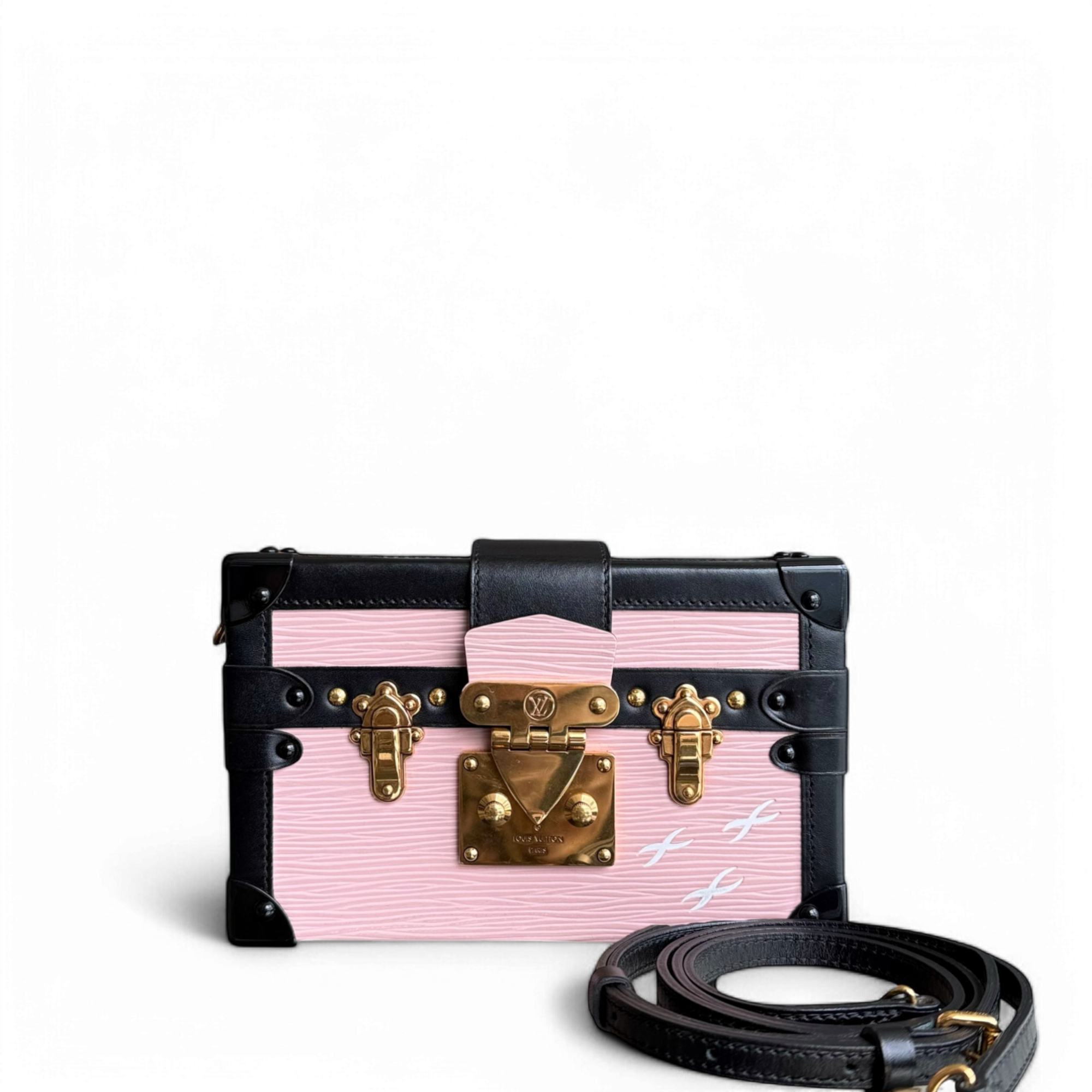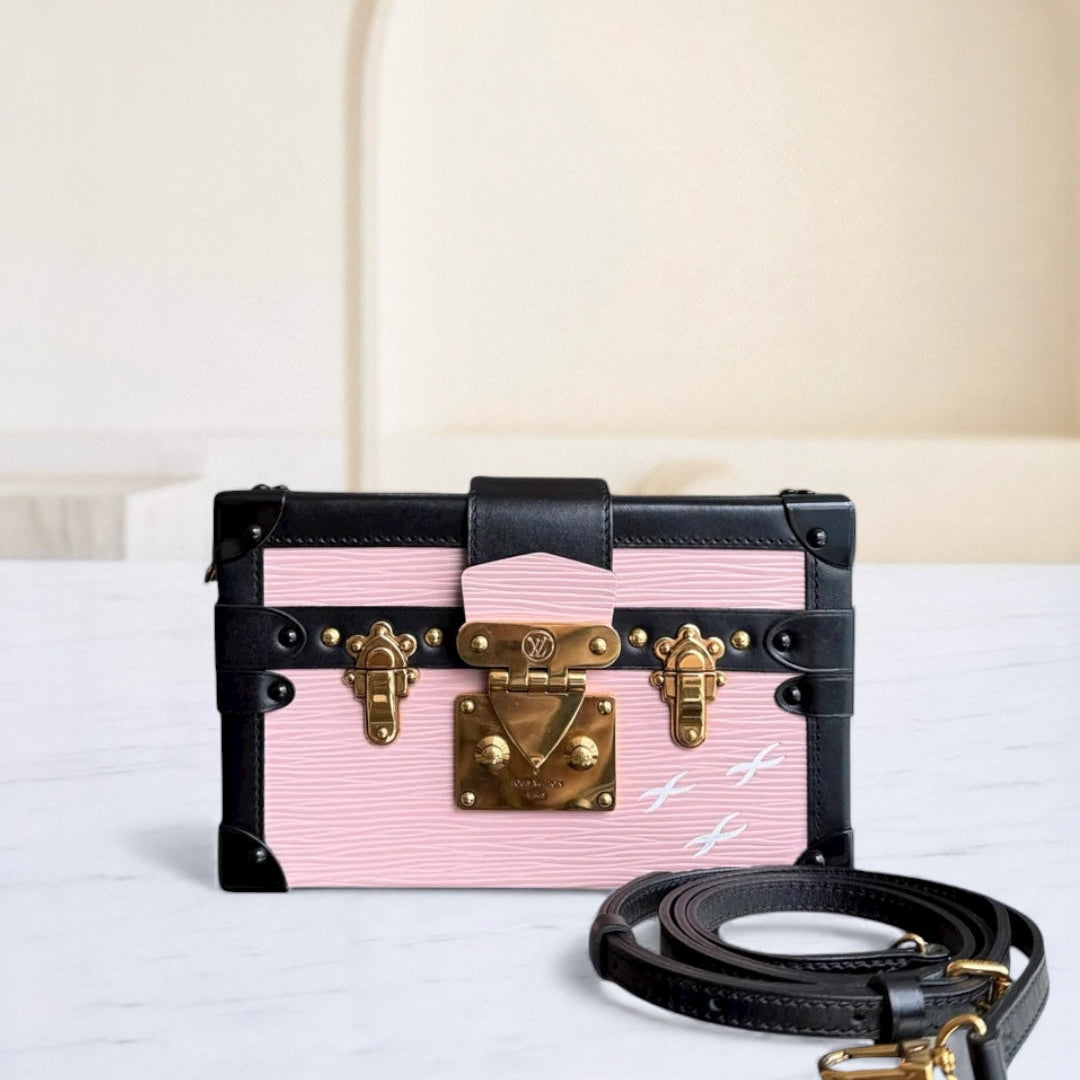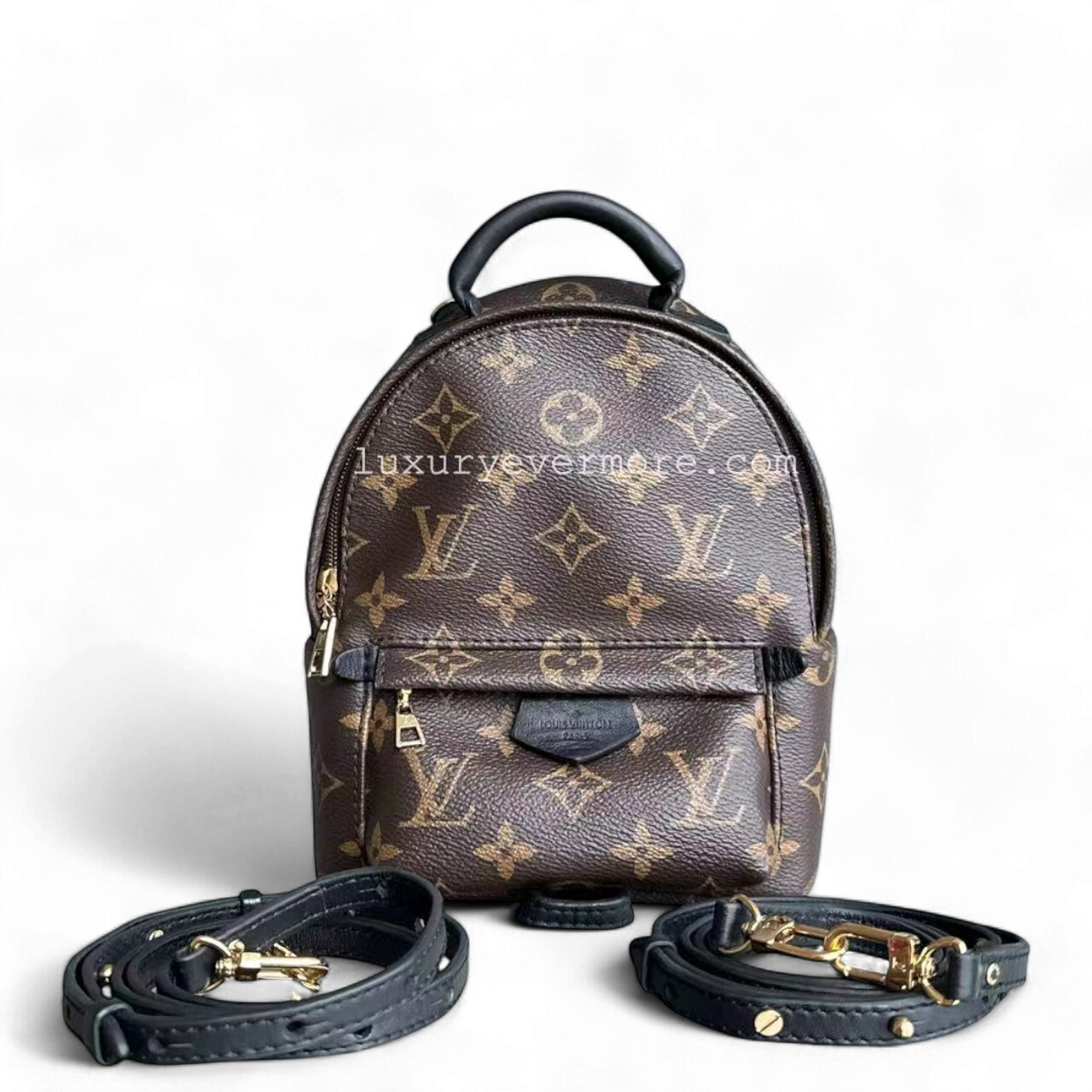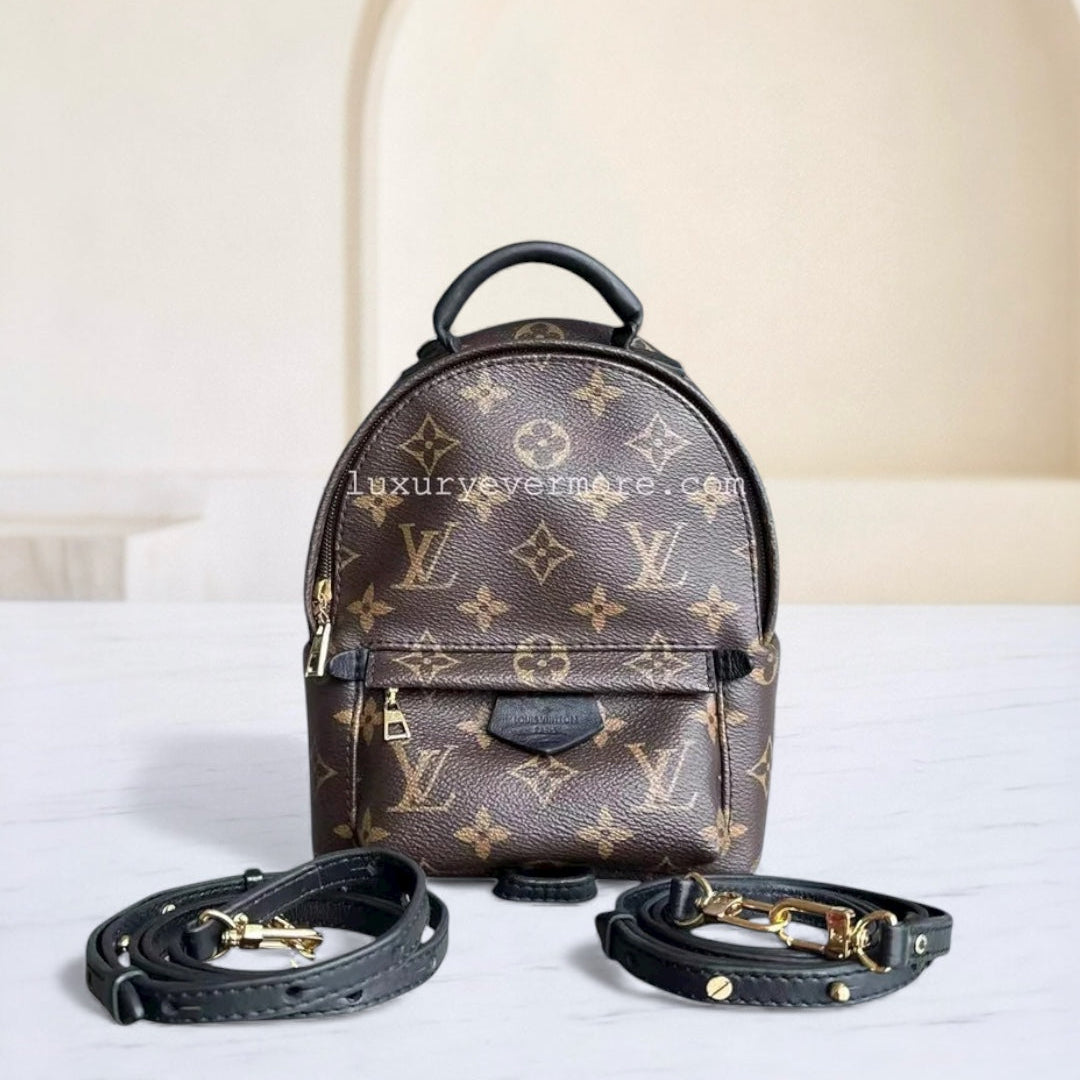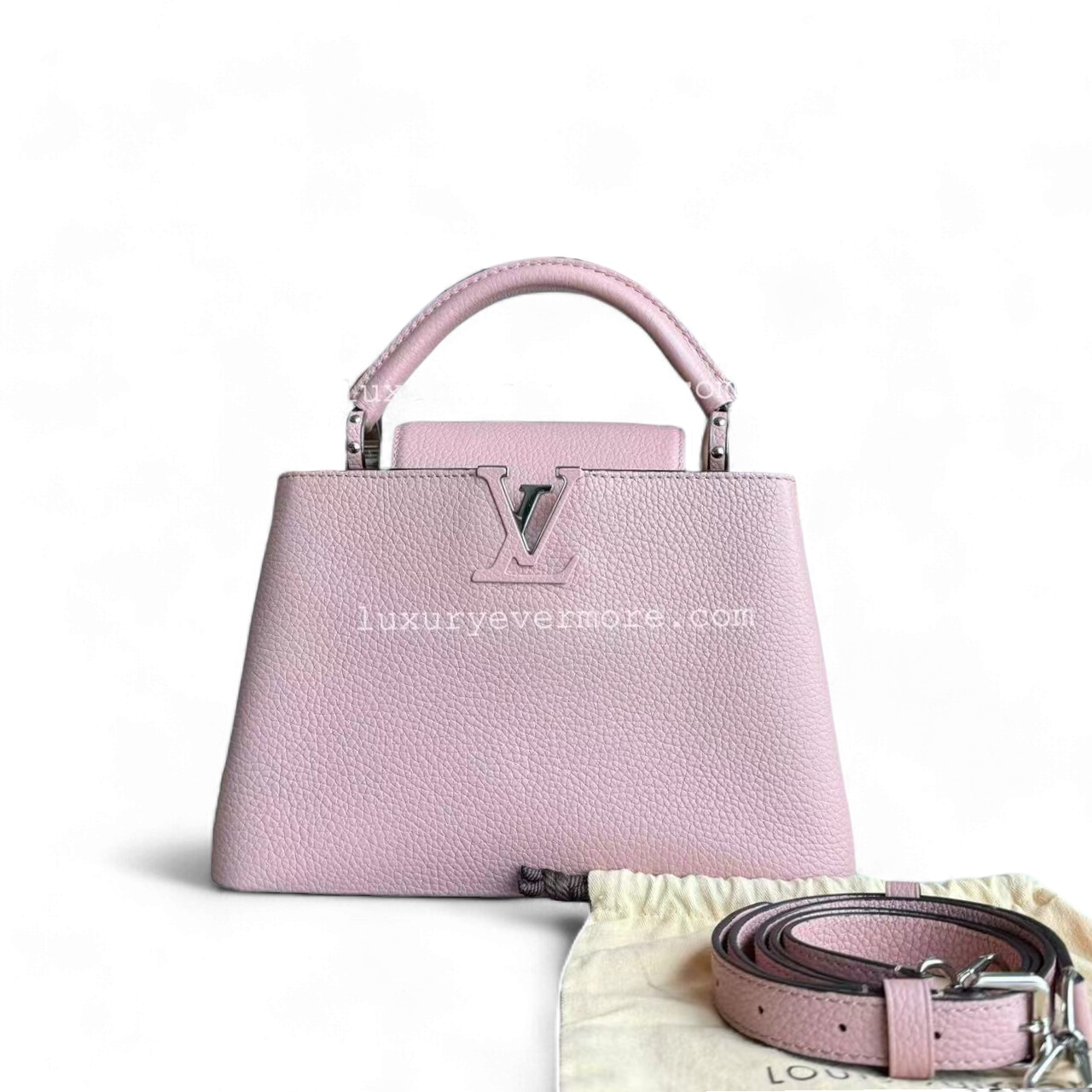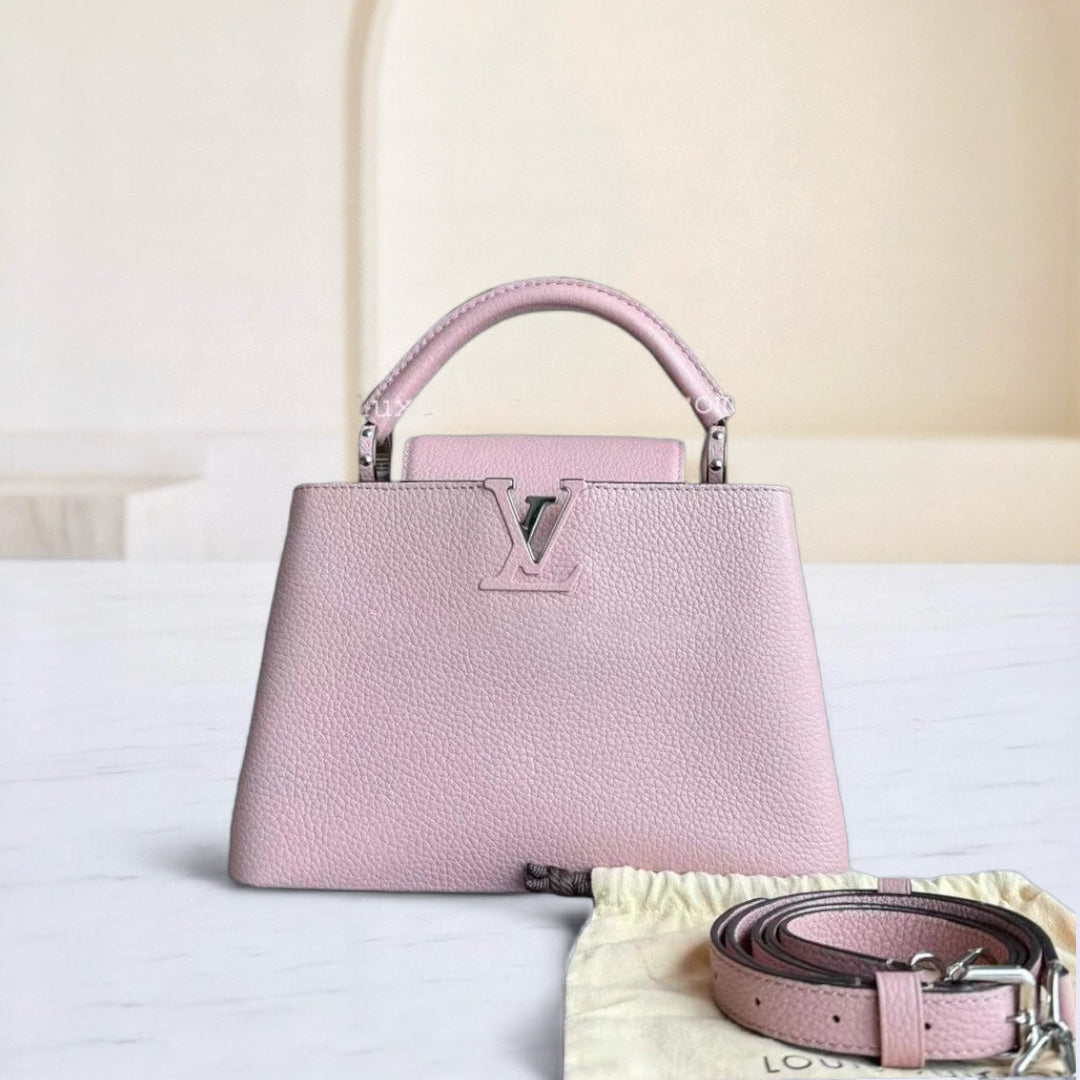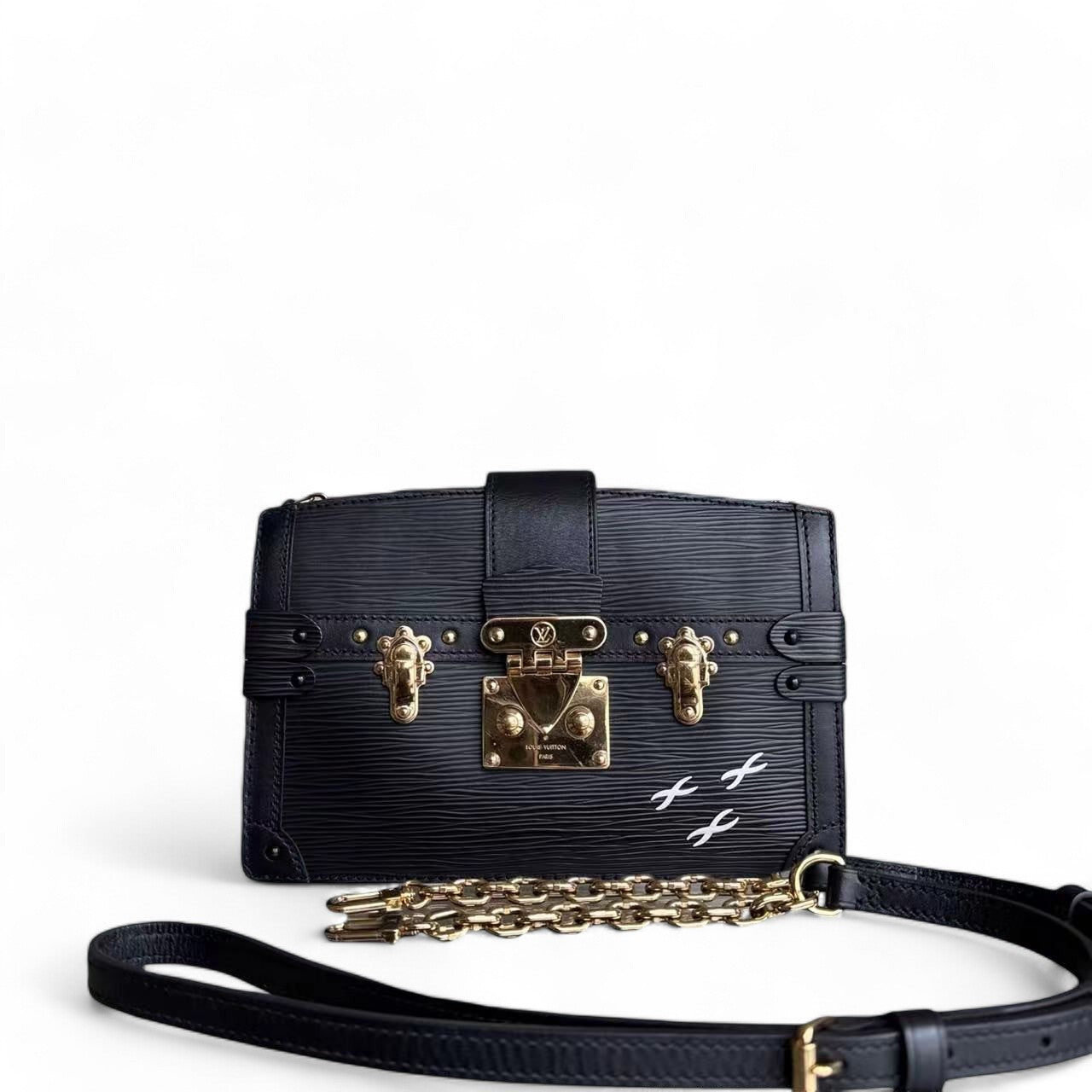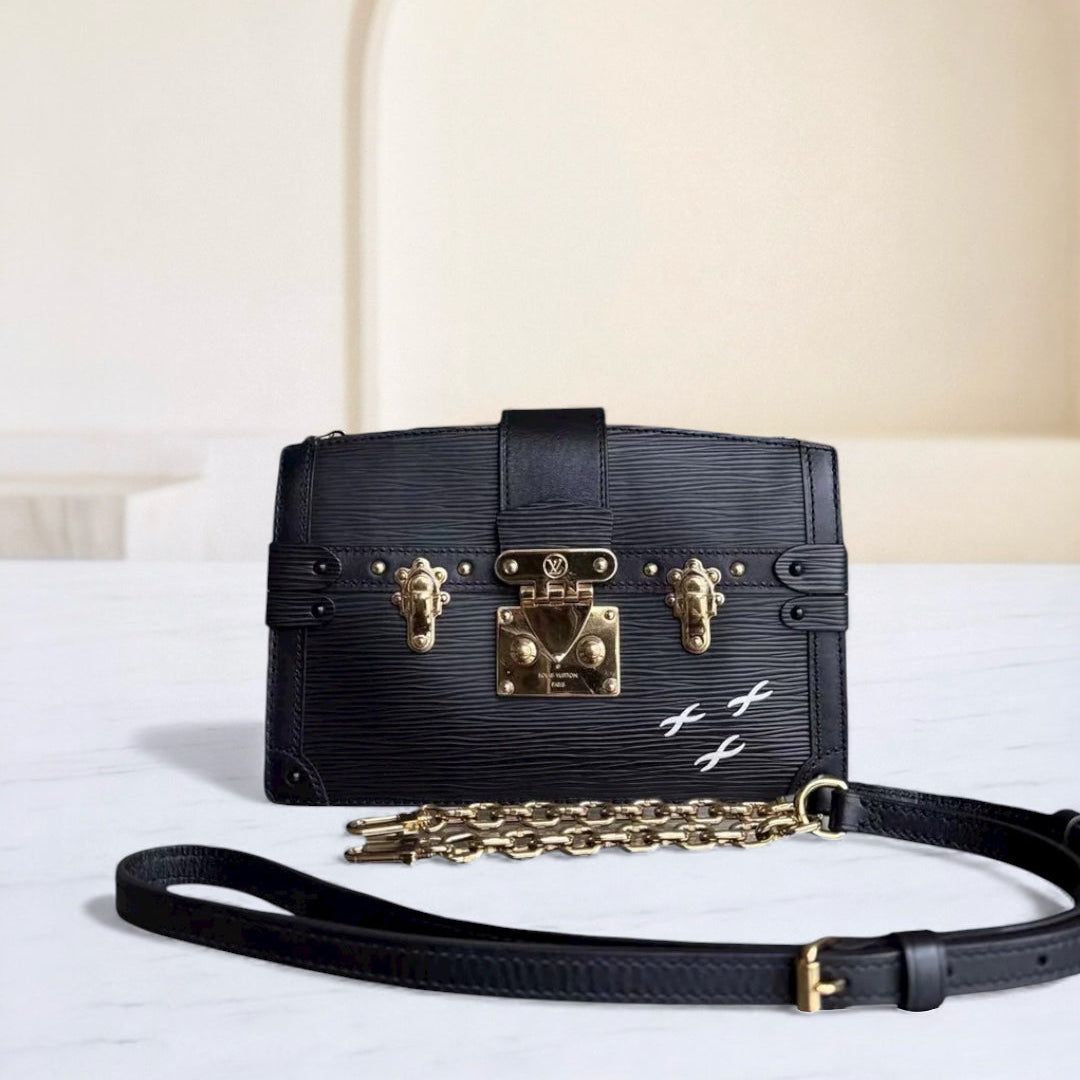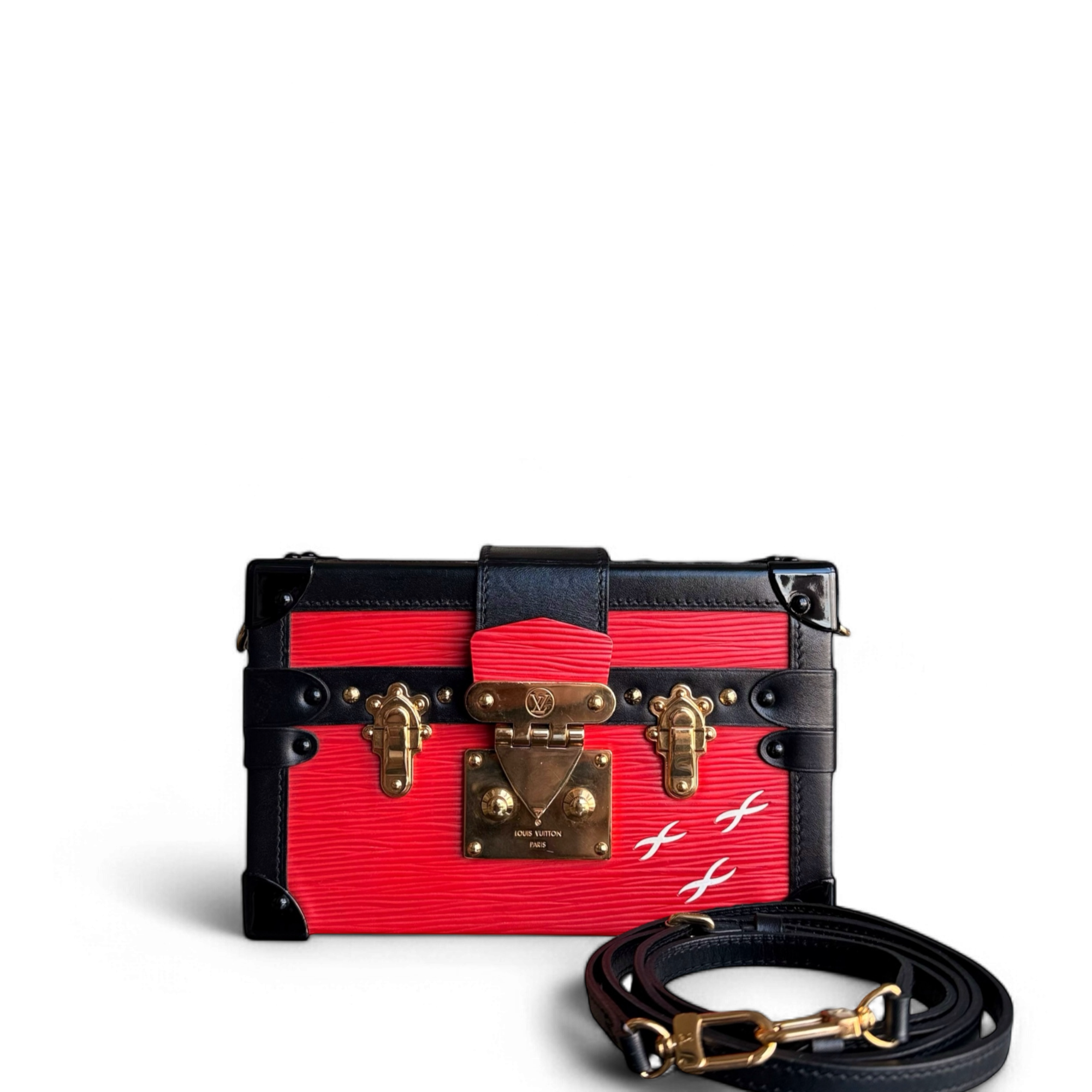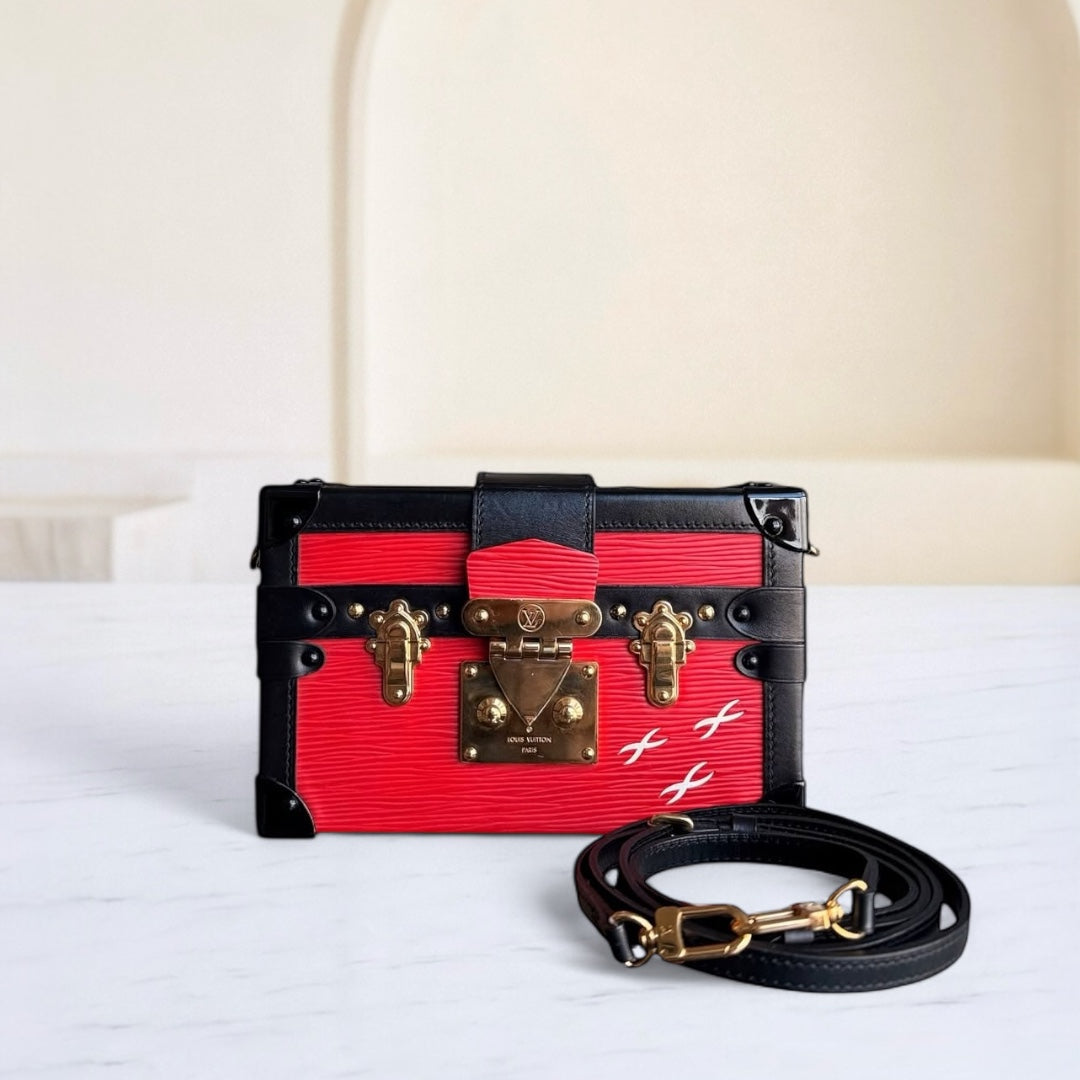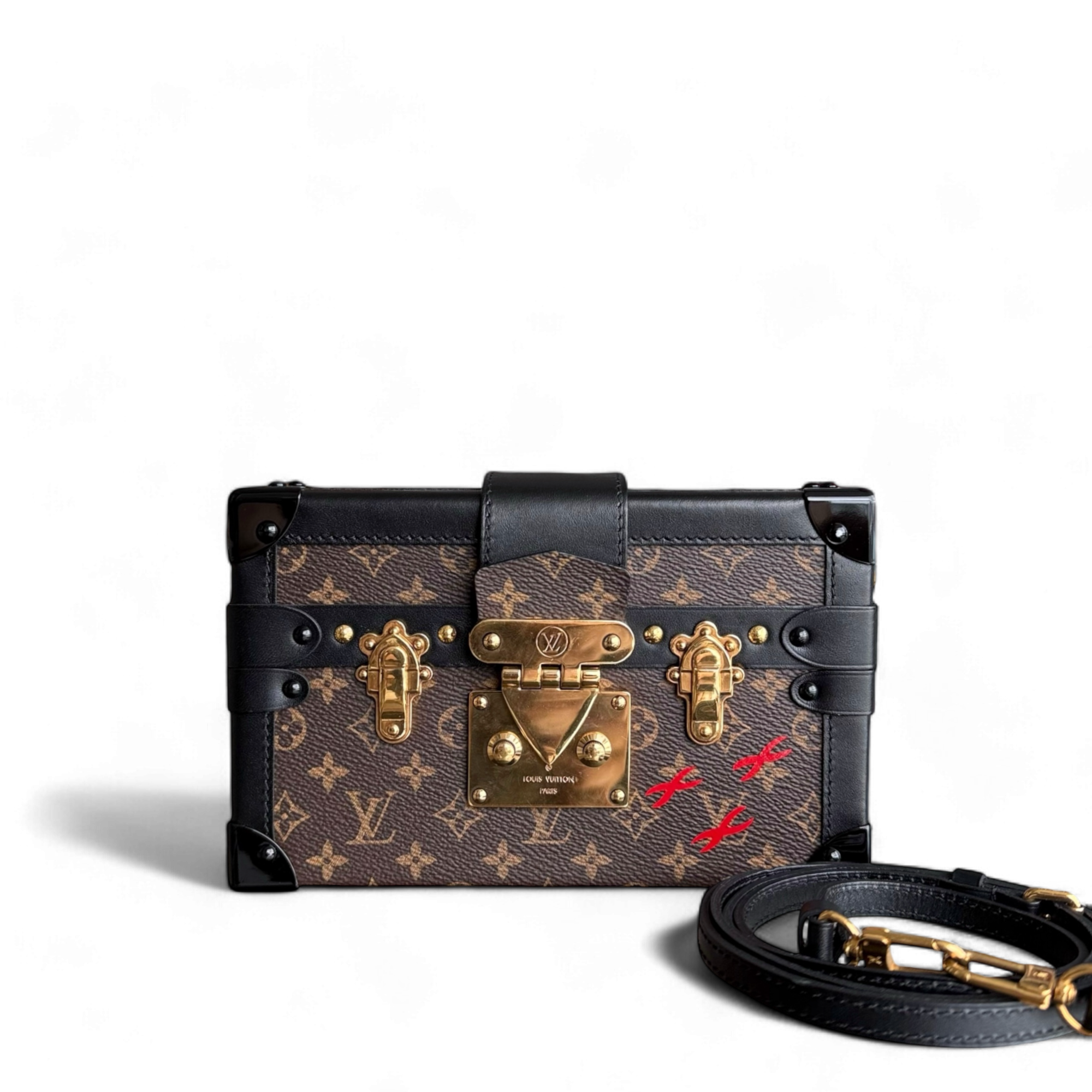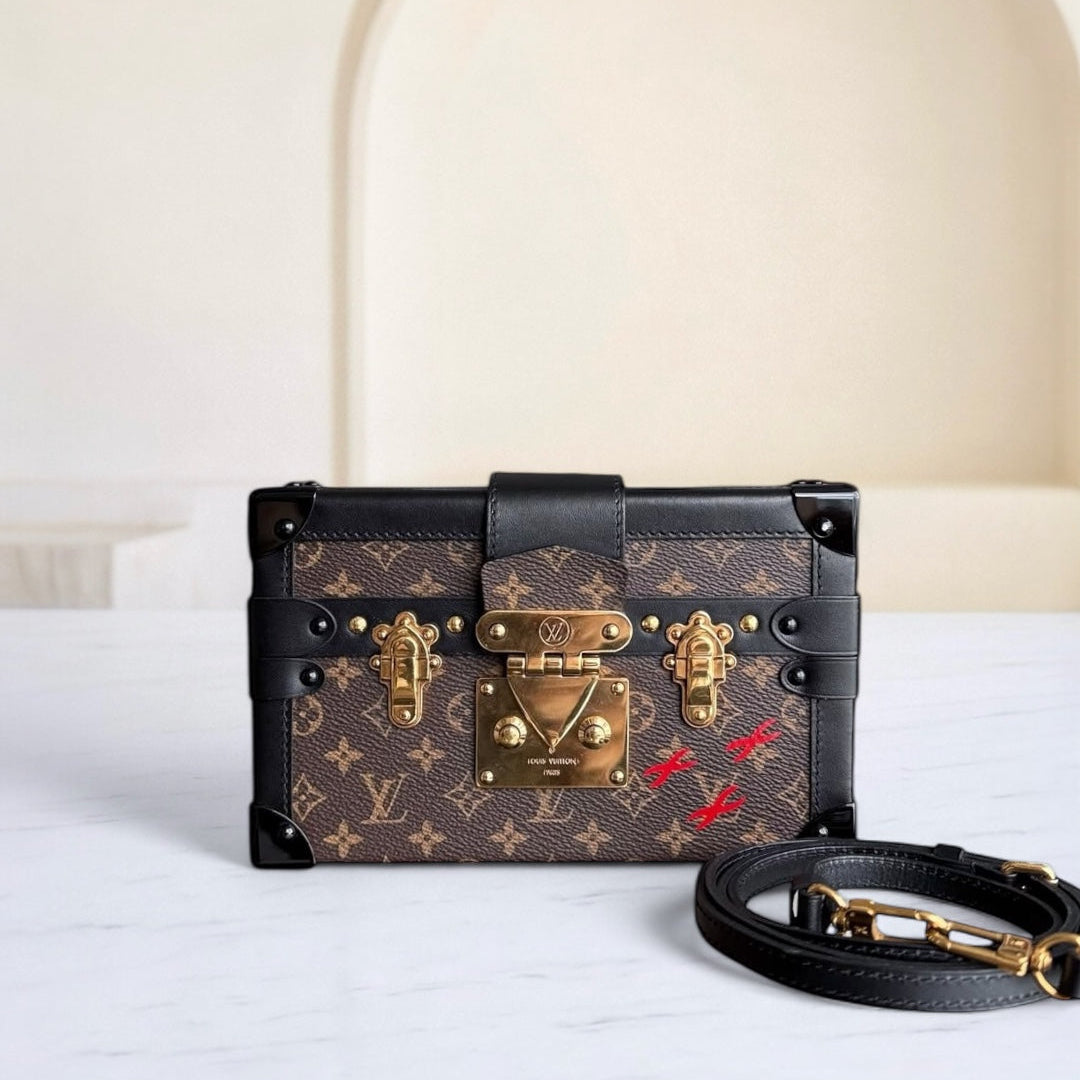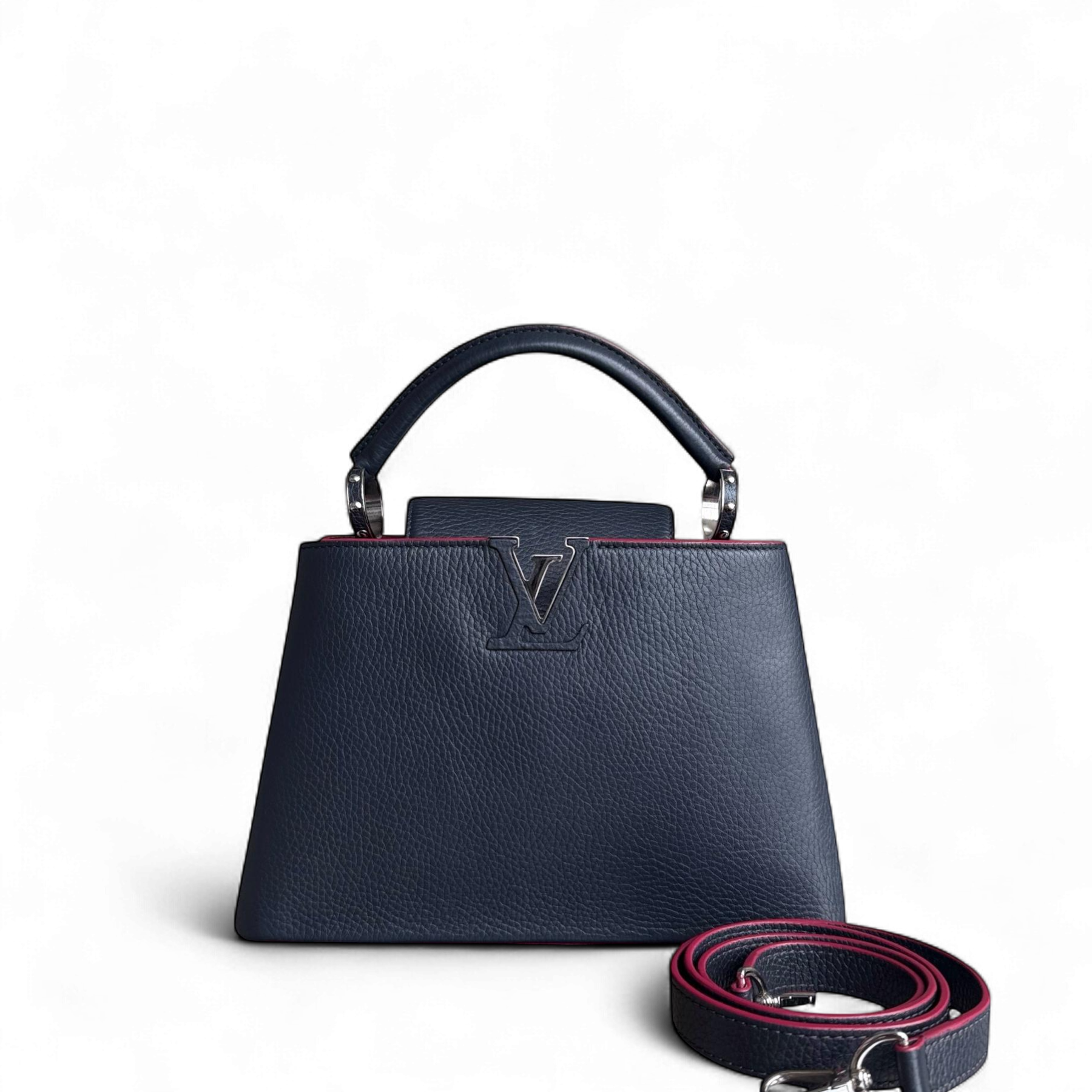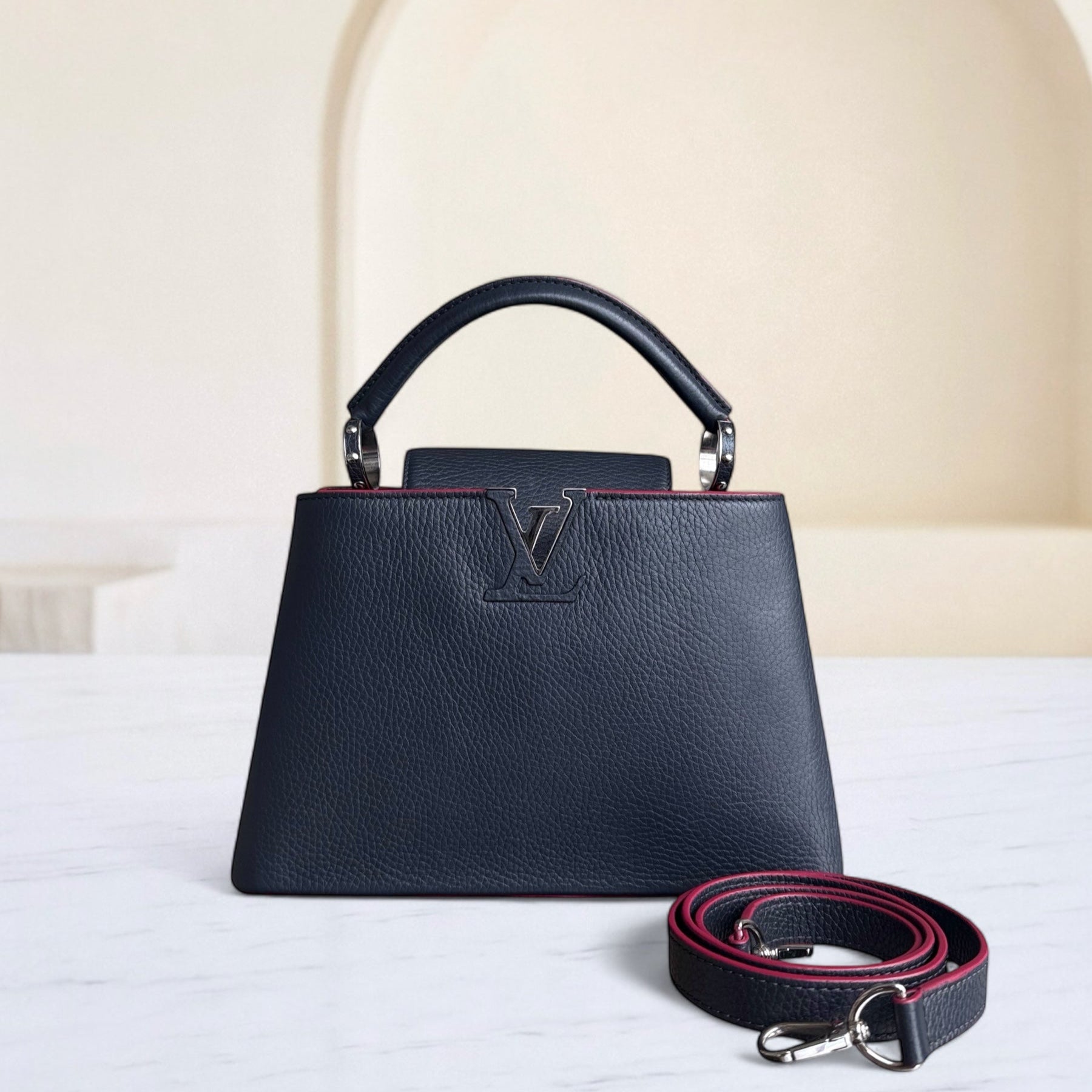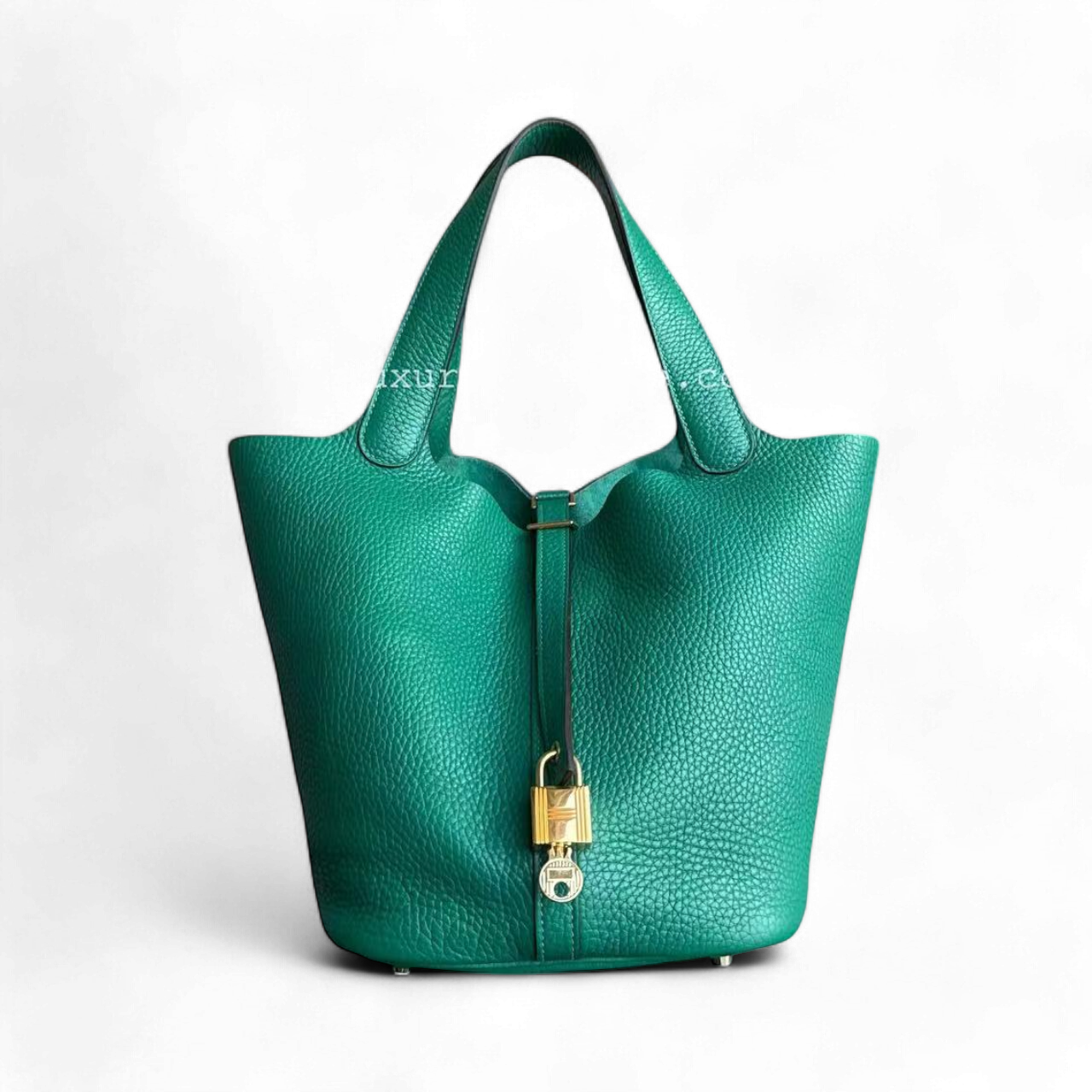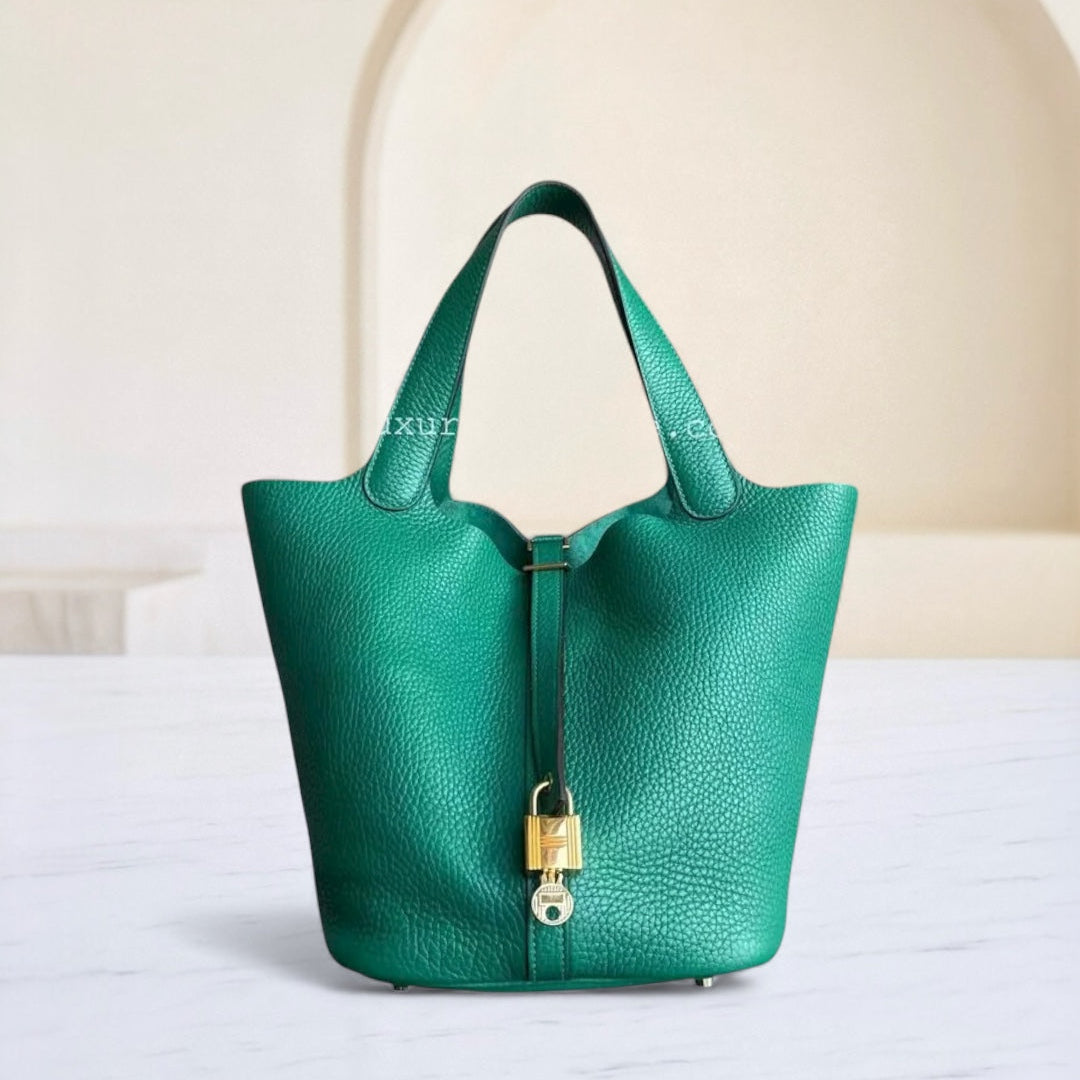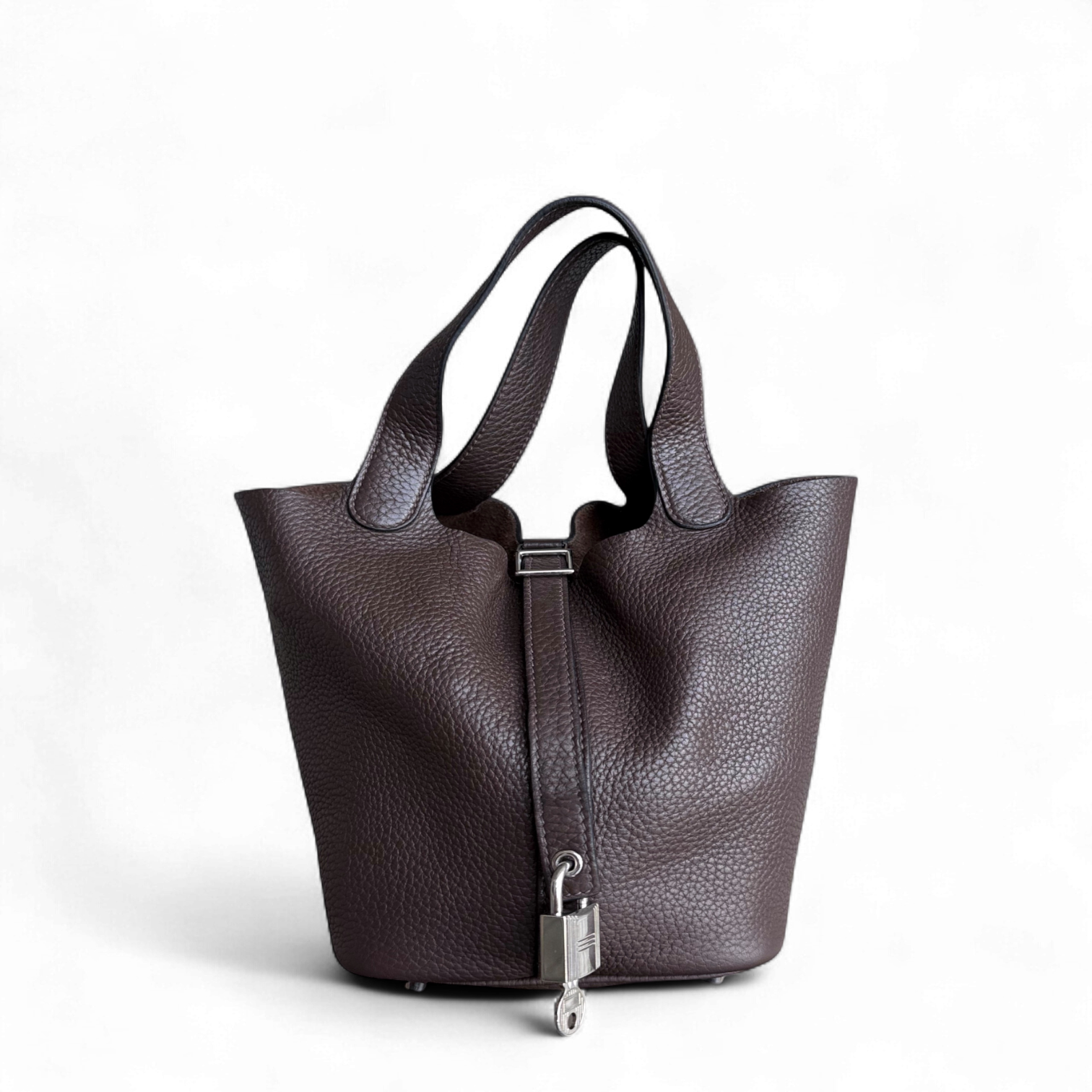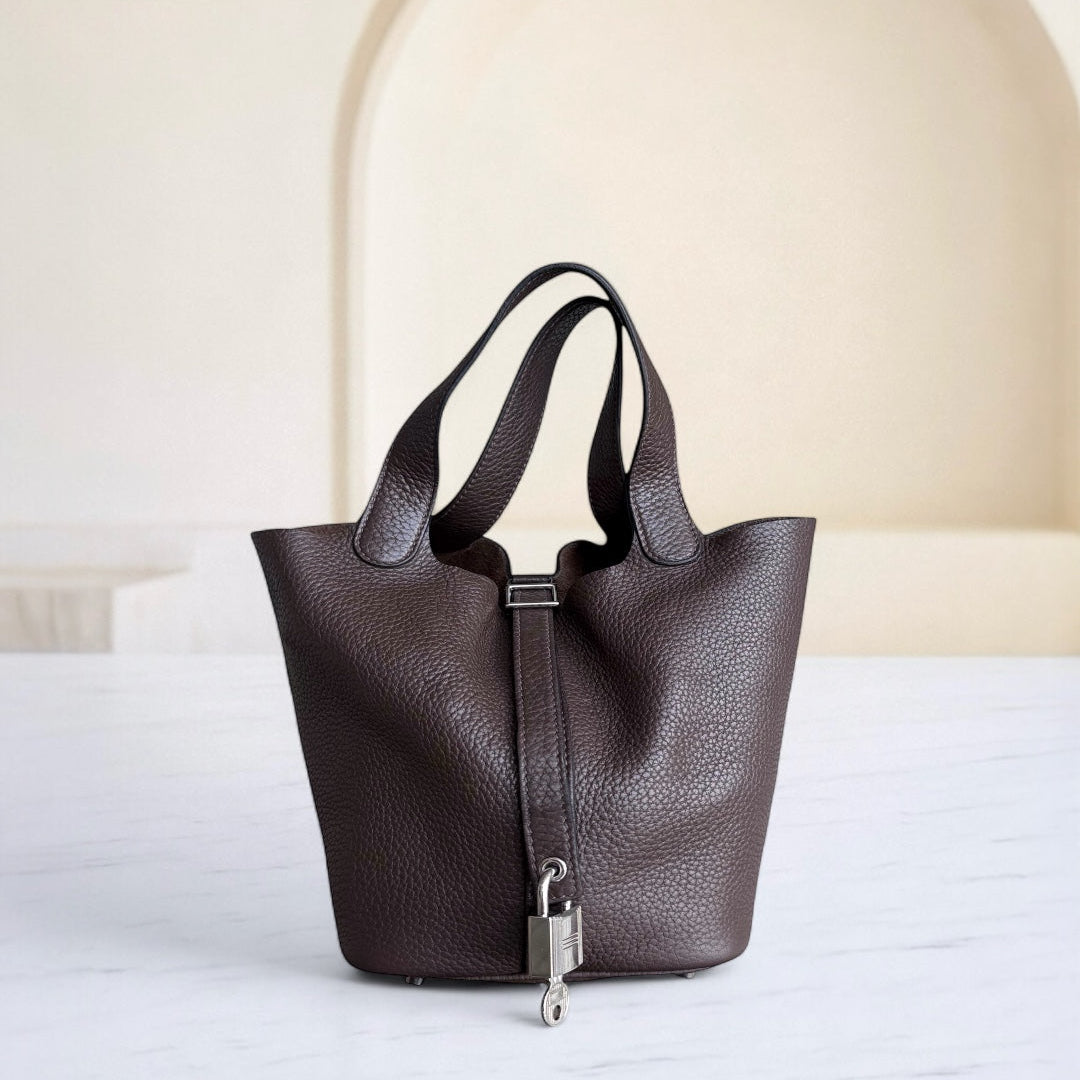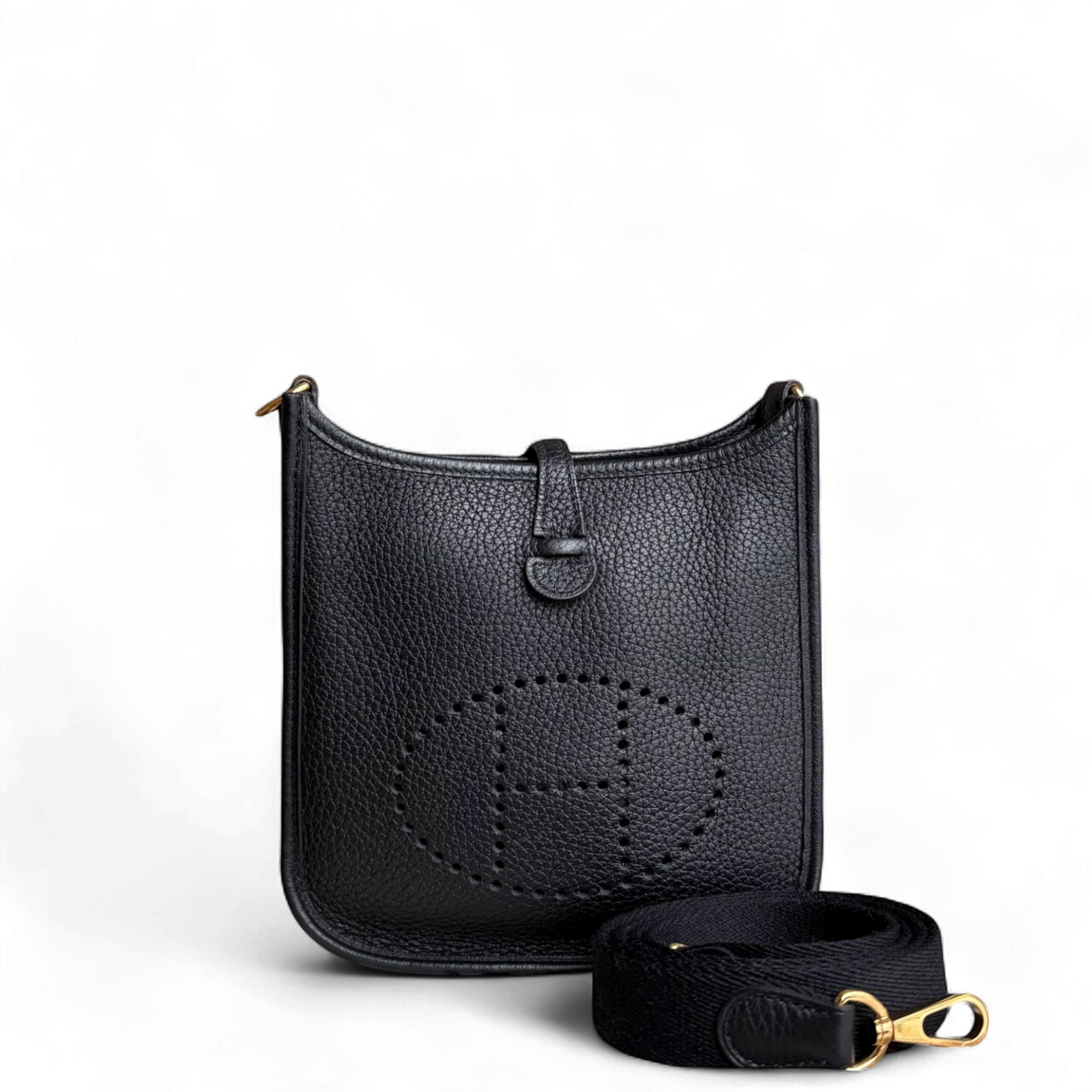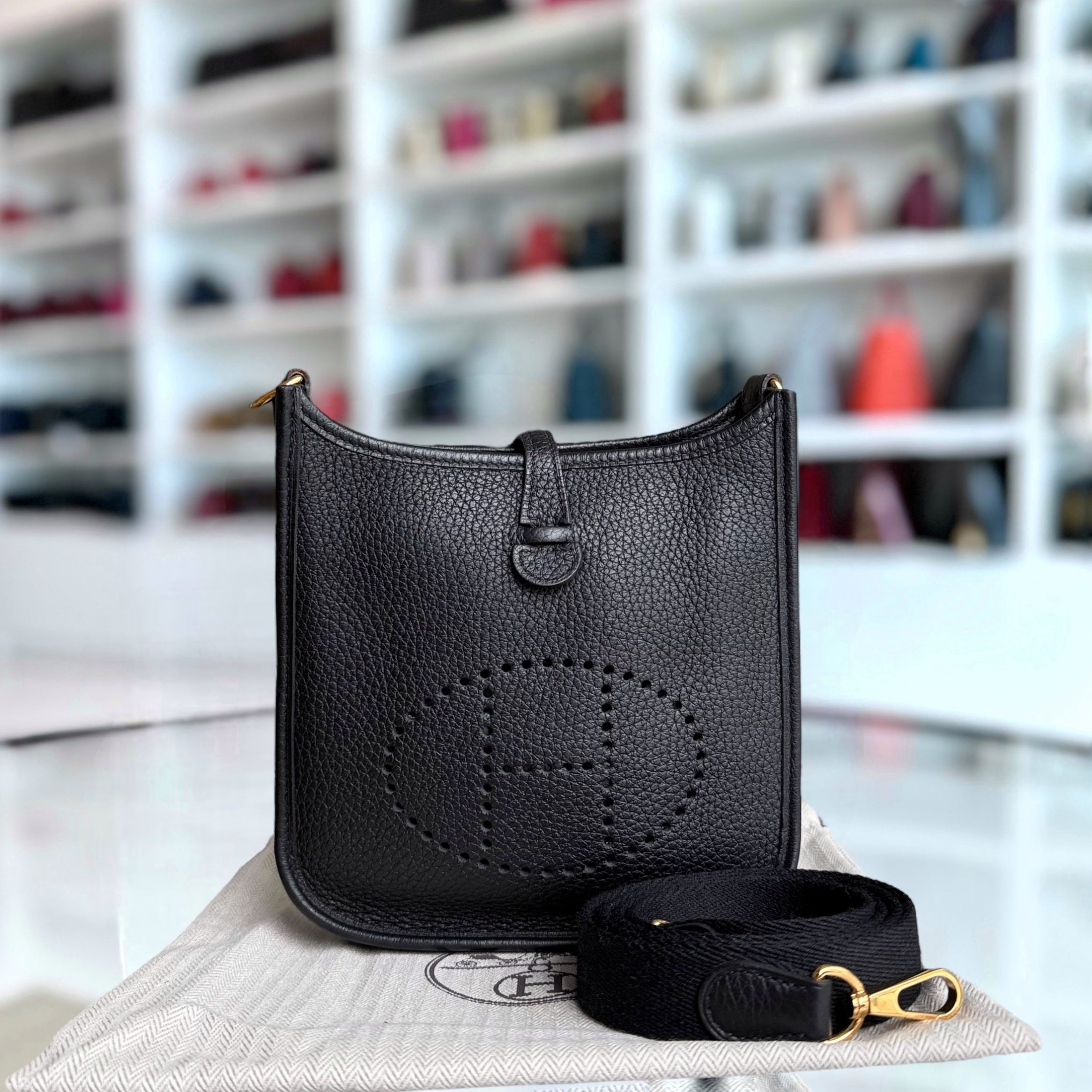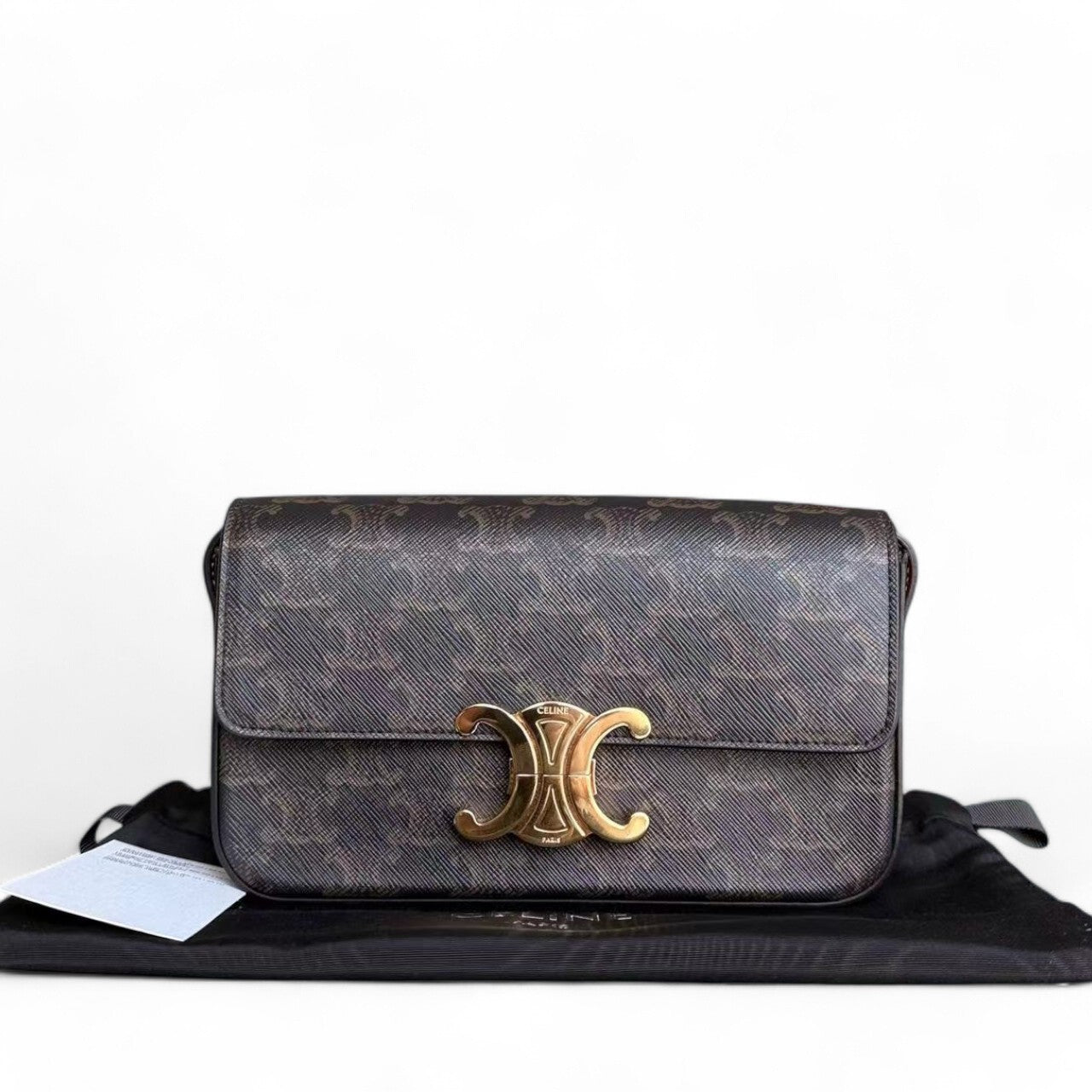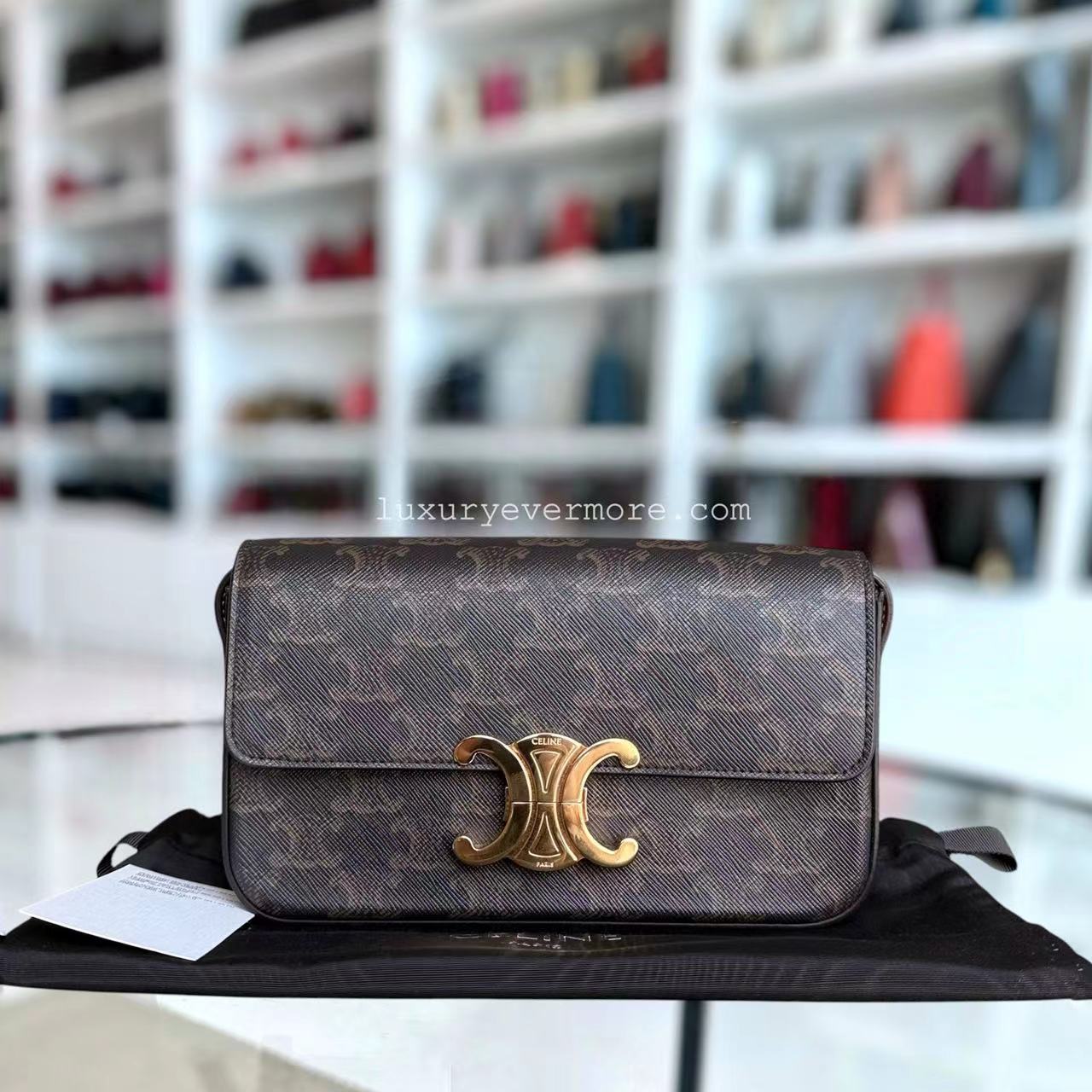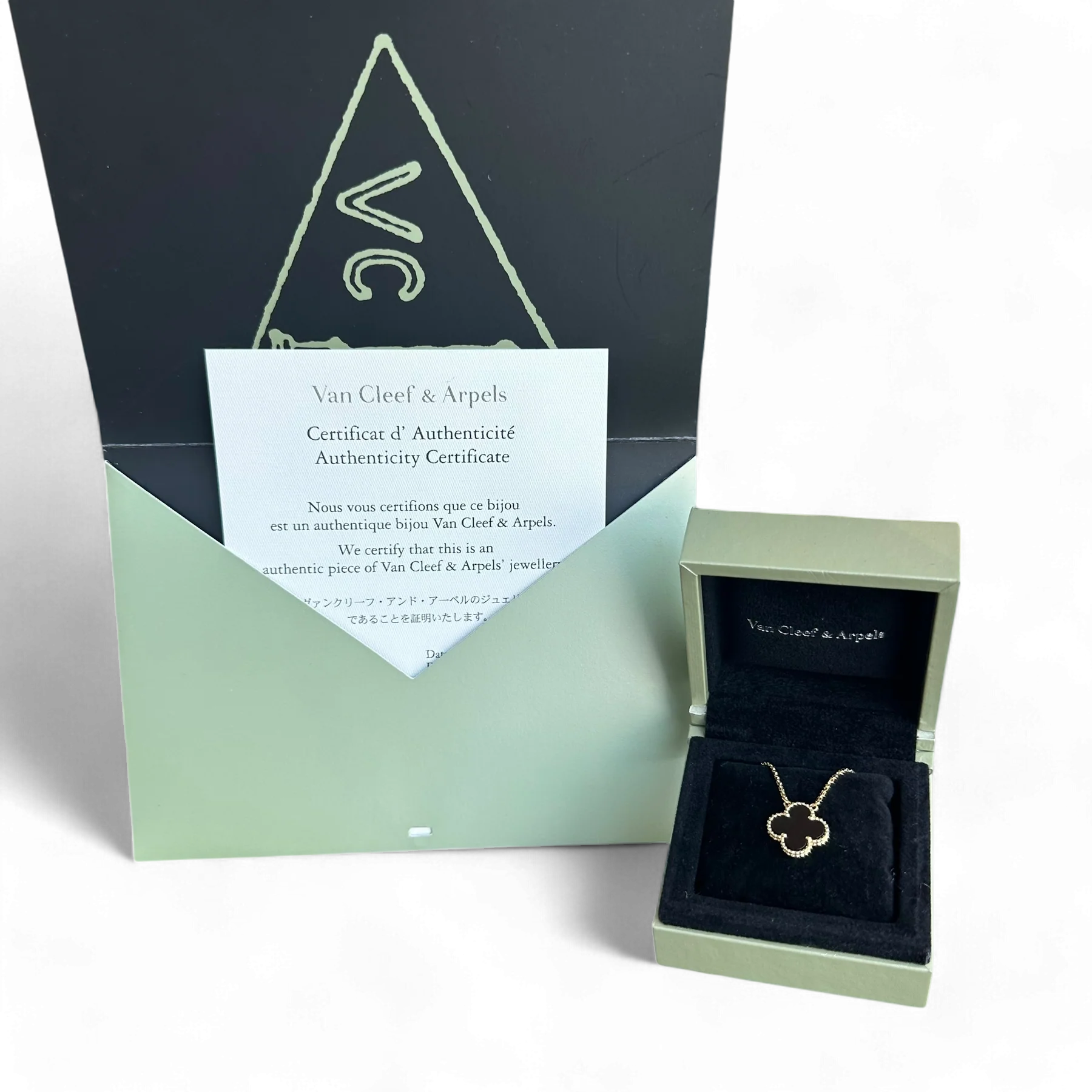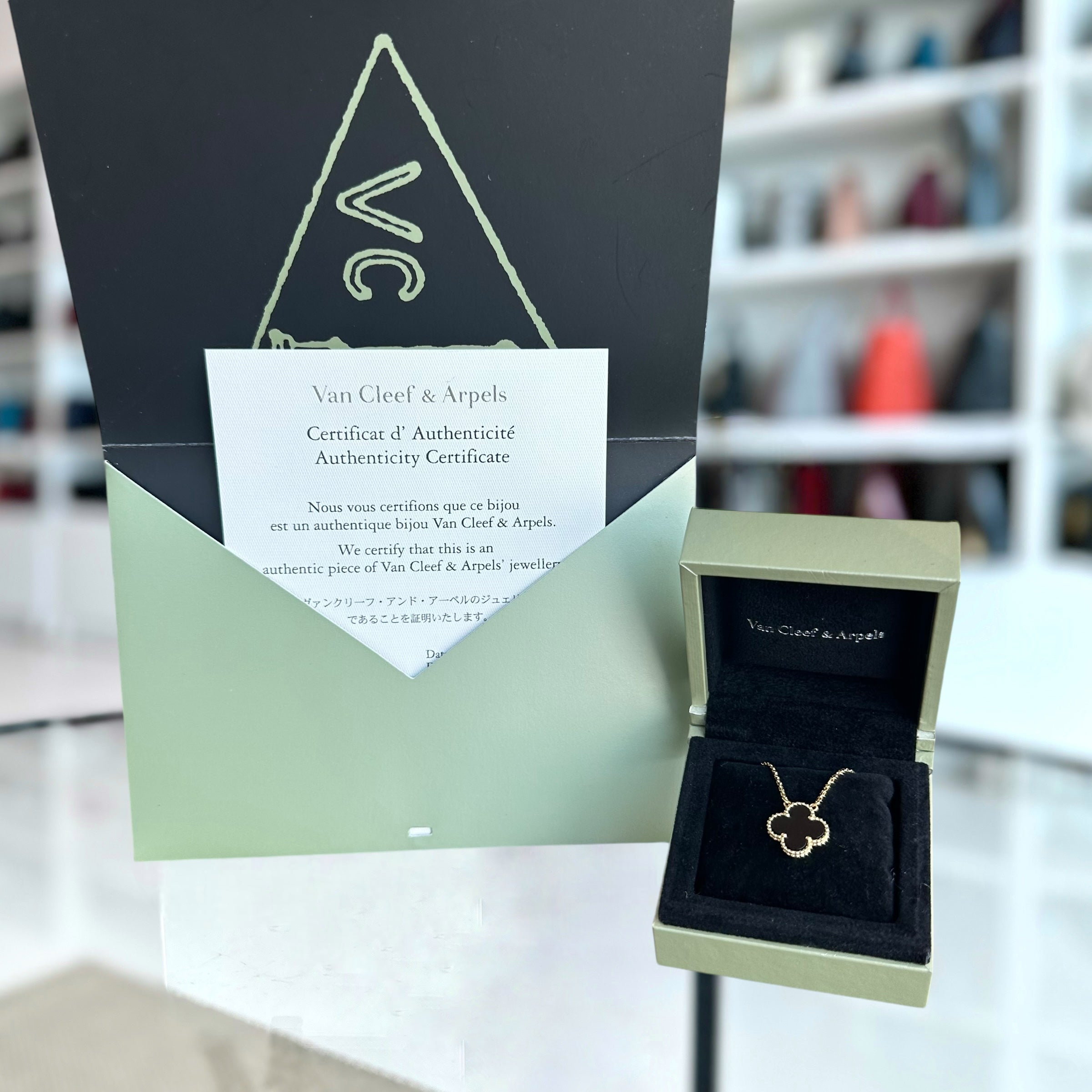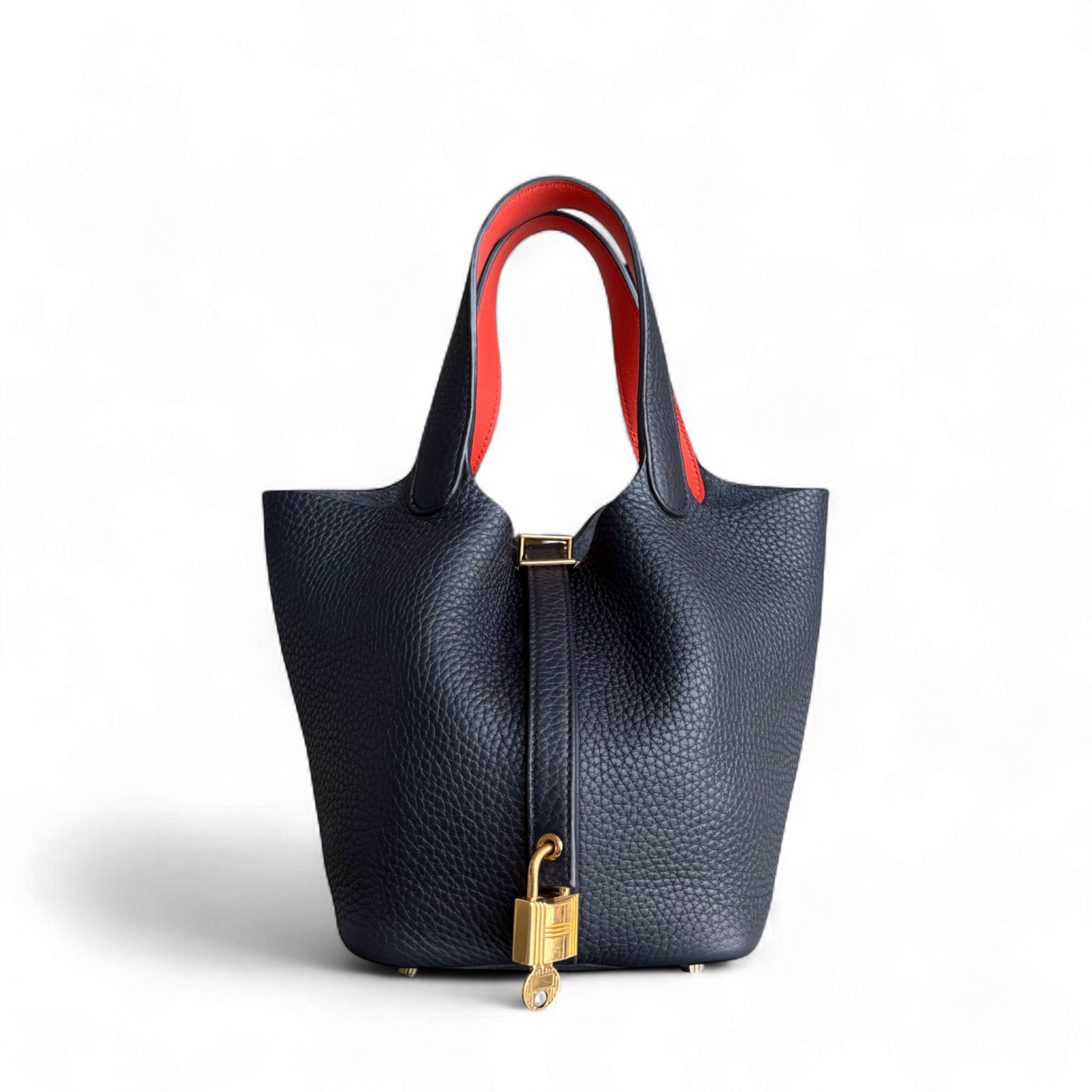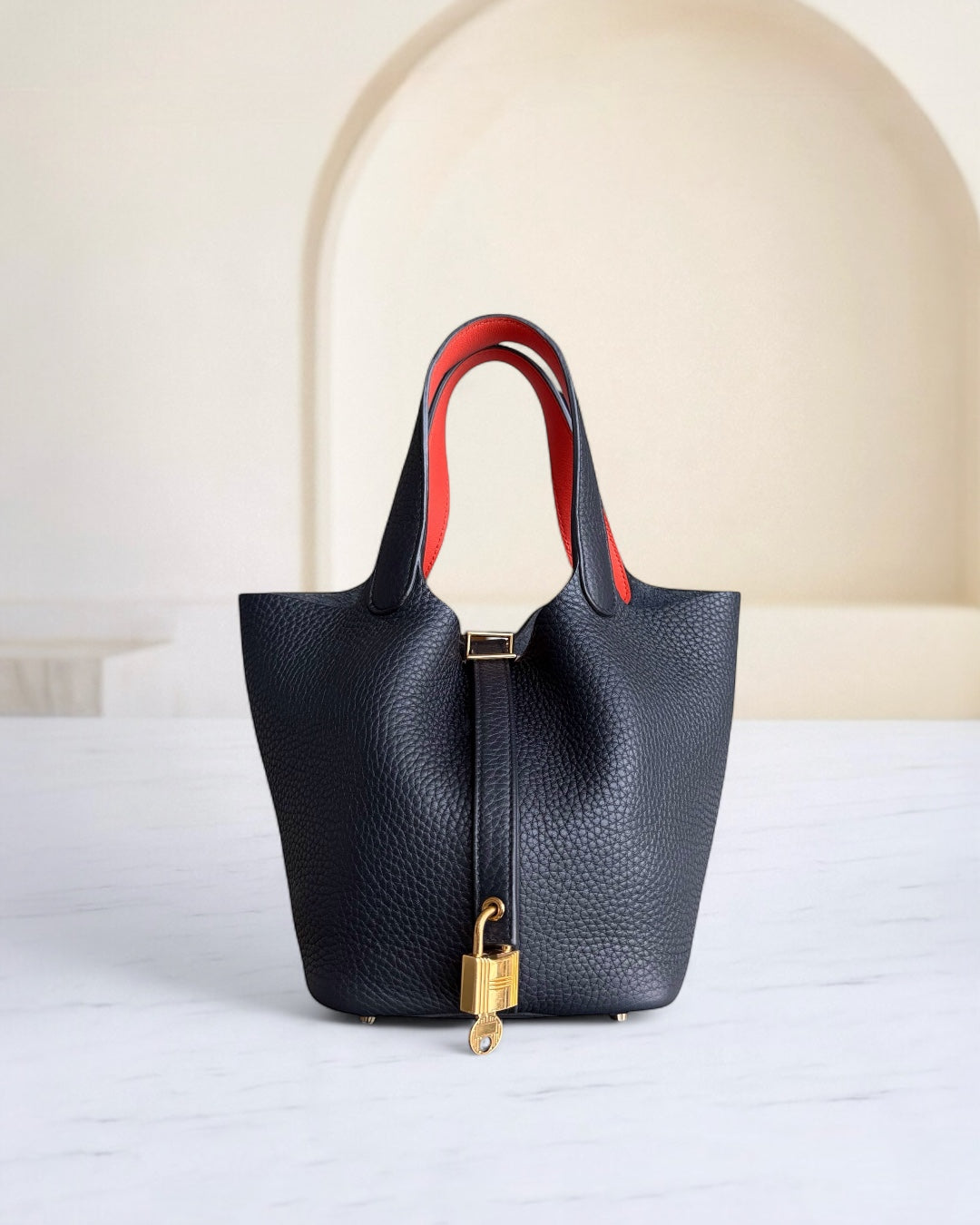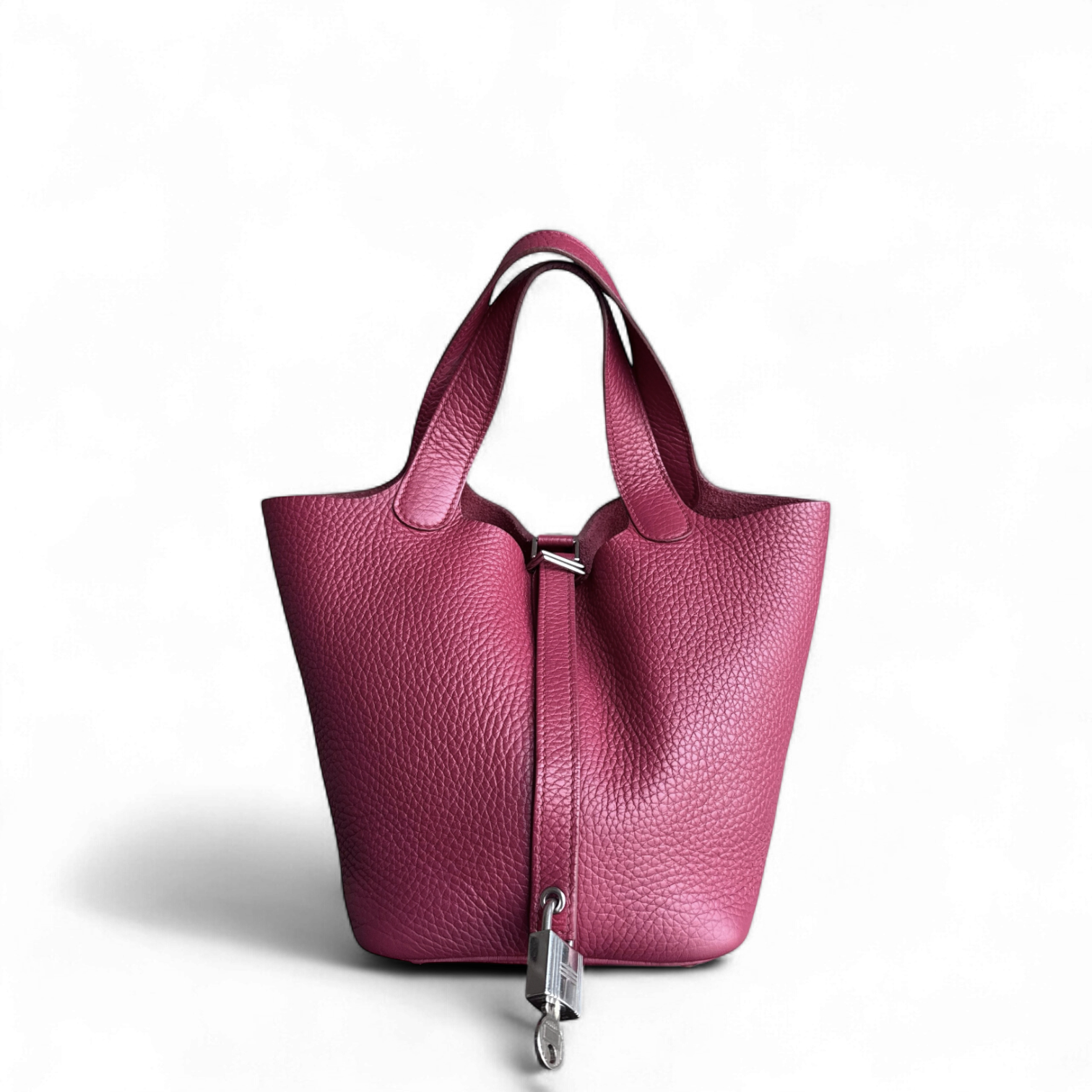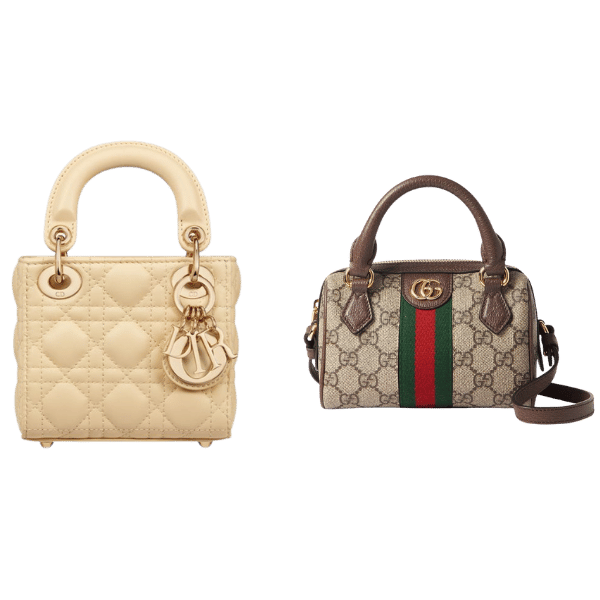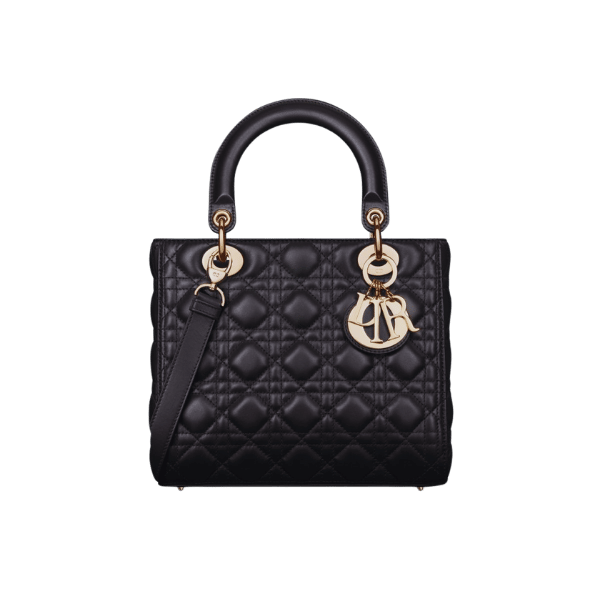Is Chanel or Gucci More Expensive? A Deep Dive into Luxury Brand Pricing
In the world of luxury fashion, few brands enjoy as much fame and status as Chanel or Gucci. Both brands are the embodiment of finery, offering a range of goods from standard handbags to clothing and accessories. Yet, it often becomes a dilemma among fashion insiders and conscious consumers as well – Is Chanel or Gucci more expensive? This article aims to investigate this fascinating question by examining the pricing systems, product classifications, and brand valuations of each one. Whether you are a trendsetter or just interested in understanding why high-end brands project differently in the market, this comprehensive examination offers readers a perspective on these two renowned fashion brands.
Pricing Comparison Across Key Product Categories

At first glance, Chanel brands tend to be slightly more costly than Gucci ones in most markets. For example:
- Bags: Simple Chanel Flap starts at about $8,000 while the limited edition bags are even pricier. On the other hand, Gucci bags are reasonable luxurious, costing anywhere from $2,000 to $4,000 on average.
- Clothes: Chanel’s outwear is more expensive than Gucci’s. For the dresses, however, one can find Chanel at an average price of $5,000 while those for Gucci begin at about $2,500.
- Shoes: The shoes ranged from $800-$1,200 for Gucci, for example, loafers, sneakers, etc, while for Chanel, the shoes were boots and amounted to more than $1,500 in some cases.
In view of these variations, Chanel is portrayed as the more expensive brand which they both share the luxuries and exclusivity.
Handbags: Chanel vs Gucci
If Chanel handbags are exquisite, classic, and costly, Gucci handbags instead encapsulate the concepts of audacious, contemporary, and economic designs.
|
Parameter |
Chanel |
Gucci |
|---|---|---|
|
Style |
Classic, Elegant |
Bold, Modern |
|
Price Range |
$5,000-$10,000 |
$790-$7,700 |
|
Focus |
Women, Elegance |
Youth, Creativity |
|
Materials |
Premium, Timeless |
Innovative, Trendy |
|
Celebrities |
Rihanna, J. Lopez |
H. Styles, B. Eilish |
|
Social Media |
47.4M Instagram |
46.3M Instagram |
|
Ad Campaigns |
Artistic, Avant-garde |
Youthful, Playful |
|
Specialization |
Fragrance, Jewelry |
Accessories, Decor |
Clothing: Analyzing the Cost Differences
There is a variation in costs between the two brands for several reasons, as listed below:
Raw Materials
- Classic style is tied to luxury and elegance which is usually associated with perfect materials that are totally timeless, sourcing and processing such materials aims at high costs. On the other hand, the more daring and creative ones are more fashionable and use more outrageous and new materials that may be cheaper to manufacture than the first one.
Target Market
- For gender and elegance the higher cost pricing has to address the market willing o pay this cost. The alternative brand provides low-priced options targeting the younger population who are more frugal in their spending.
Handicraft
- The products of the classic type are mostly based on handmade technique with a lot of attention to the details and durability, which leads to higher production costs. On the contrary, the modern line can be produced with simpler technological processes focused on cost reduction and mass production.
Image of the Brand
- The classical brand is more on the pricier side, for it is a well-established trademark and always linked with fashion in the upper echelon. The younger brand, although widely sought-after, provides a competitive price range so that it can appeal more to its consumers.
Strategies and Campaigns
- Art and innovation often come with a pricier norm, and it usually involves hiring seasoned professionals and production of very complex advertisements. On the other hand, simple, age-focused, humorous, sometimes wacky adverts can be conducted online in a much less expensive manner owing to the simplicity of the process.
Shoes and Accessories: Luxury Pricing Insights
Chanel
- Chanel is known for its classic style, and the prices are justified because of the great attention and high-quality materials.
- Classic items like Chanel’s two-tone pumps usually start from a few hundred dollars but can go as far up as several thousand dollars in special releases.
- These include leather wallets, which are classic, quilted, and even sunglasses carry the same kind of premium pricing, without lowering the brand.
Gucci
- Gucci is known for its bright designs and collections with high price points following its position as one of the top luxury brands.
- Popular footwear like Gucci’s horsebit style shoes or decorative sneakers tends to be varied in price from hundreds to thousands of dollars.
- Furthermore, items like the band with the GG buckle, even the bags, replicate the same luxury pricing employed by the brand and target entry-level patrons.
Historical Price Trends of Chanel and Gucci

Evolution of Prices Over the Years
Chanel
- Since the last ten years, Chanel has imposed fairly steep price increases on all its product categories, most noticeably on its signature bags like the Classic Flap and 2.55.
- From 2010 to 2020, the Classic Flap bag's price tended to soar over time, growing more than twice the initial price, following scarcity and a strategic move to brand the item as an exclusive product.
- The frequent price reviews are in line with Chanel’s aspirations of remaining a high-end brand vis-à-vis inflation, exchange rates, and increasing costs of production.
Gucci
- Over the years, the growth in prices of the Gucci brand has been smooth, mainly contributed by the dynamic nature of its products and the stature of the brand as a fashion house.
- In particular, the saw enhancement in demand, which eventually resulted in improvement in prices, in 2015, thanks to the introduction of the transformative designs by Alessandro Michele.
- Basic elements like Gucci Marmont bags and Ace sneakers were increased by a little bit, reinforcing their role as particularly luxurious.
- Prices for products in seasonal or limited collections tend to inflate more and usually cater to the more affluent or collector categories of people.
Factors Influencing Price Changes
- Material Costs - The increase in production costs of the raw materials, such as leather base material, metal material, or expensive clothing material, has a direct effect on the price changes of these items (luxury).
- Design Innovation – It is not uncommon for new, enticingly complicated elements to be added to the designs, making it necessary for additional materials and labor, and such usually come at price adjustments.
- Brand Positioning - In order to maintain a higher level of sophistication and formed aspirations, consumer price controls may be introduced selectively.
- Production and Labor Costs - Certain economic factors increase the price of a finished good, and one of these is an increase in labor costs and improved manufacturing processes.
- Market Demand – If the demand for a product or particular collection is high, the price is allowed to be relatively high as the products are not commonly found or are ‘assets’ that people get only on rare occasions.
Comparative Analysis with Other Luxury Brands
Louis Vuitton (LV)
- Known for its iconic, as well as the simplest possible designs with monogram, Louis Vuitton has the edge of enriching its customers in such a way. Such pricing entails that the customers must be able to appreciate the time-honored skill of embroidery artistry in producing luxury goods.
Gucci
- Gucci promotes the fashion industries of modernity, as well as tradition in the coming ages of today’s generation. The brand strategy turns out to be more aggressive and competitive with an emphasis on turning in peak performances.
Chanel
- Chanel is preoccupied with history and elegance in particular, such as those associated with the timeless design of the flap bag. Its exclusivity, together with a traditional lifestyle, is appealing to the elite.
Hermès
- Renowned for its bewitching designs and the quality that is no joke, Hermès is, without doubt, one of those brands with the highest pricing strategies. For instance, everybody wants to own a bag from the Birkin and or Kelly collection, but it is impossible since the brand produces only limited numbers of these items.
Prada
- Prada, as a brand, is appreciated for its minimalism and is the most stylish of all the brands, as it feels timeless. They produce functional pieces that feel luxurious and are often tailored to very specific subsets of customers.
Versace
- The brand Versace is synonymous with extravagance – garish patterns or strange additions – its designs are not to be confused. The brand assures such high standards at the price of outstanding original active wear, which the consumers are more than willing to pay.
Balenciaga
- As the leading avant-garde brand of the fashion industry, Balenciaga goes above and beyond in delivering luxury to creative and rebellious customers. When it comes to the purchases of its limited-edition or fashion products, it manages to keep the price at high levels.
Factors Influencing the Pricing of Chanel and Gucci

Craftsmanship and Quality of Materials
- Luxurious Materials: The fabrics used by Chanel or Gucci are limited to the use of the finest, most expensive materials, for example, silk, wool/cashmere, tweed, and leather, sourced from the most reliable, quilted, adherent, and longstanding sources in the market.
- Handmade Techniques: Both the labels look at the more traditional aspects, like hand stitching and quality craftsmanship being done by those who carry decades of experience and expertise in the craft.
- Focusing on the Aspects: Small details such as the embroidery, the beadwork, or the creation of particular patterns require enormous skills in manufacturing, and the brands are very good at this.
- Innovative Techniques: New technologies are applied to the whole manufacturing process in order to improve the quality as well as accuracy of the design while keeping consideration of the fitted craftsmanship.
- Unique Materials: Chanel and Gucci also weave in unusual elements such as crocodile skin or perfectly fabricated colored materials for unique designs.
- Sustainability initiatives: Latest customer trends towards the usage of ecological and fair trade raw materials in manufacturing have made both firms increasingly turn to that type of production without compromising their quality.
Production Processes and Their Impact on Cost
The high cost of the products of Chanel and Gucci is determined, first of all, by their intricate, premium, and exclusive products. Both of these brands incorporate artisan works in their products, and many of these products are handmade for their exactness and individuality. Moreover, they use rich materials and actively support ethical thinking, which increases production costs. Due diligence is devoted to research and development in Chanel and Gucci so that elaborate items can be crafted out and longevity can be assured. All this raises the costs of work sewn, which also adds to the final cost of the article’s price.
Brand Heritage and Its Role in Pricing Strategy
The presence of the product in the strategy influences the positioning of the product and its price quite a lot in the case of products like Chanel or Gucci. The presence of a rich history and legacy around a brand justifies its up-position and high prices. Such brands build upon a reputation for iconic designs, high quality, mastery, and charge as much as possible. It gives customers the opportunity not just to buy a product but to buy a part of the brand, the image of the brand, and the history of the brand. Hence, pricing is mostly luxury because of heritage.
Perceived Value and Exclusivity in Luxury Fashion

Consumer Behavior and Brand Loyalty
- Chanel: Chanel essentially maintains a loyal customer base by consistently producing classical, exclusive designs and maintaining the course of its brand. And this image is supported through the availability of prestigious products like the Chanel No. 5 perfume and quilted bags. Chanel’s deliberate scarcity and high costs of its commodities reinforce the concept of exclusivity, which is appreciated by Chanel’s consumers even in the absence of discounts to this day.
- Gucci: Gucci is extremely creative in finding ways to attract new consumers and keep them loyal. Its boldness in design and branding gives Gucci an edge over other brands that appeal only to the contemporary sense of luxury as opposed to the classical model. Through the regular launch of limited-edition collaborations along with merging contemporary ideas with previously popular designs and themes, Gucci increases its allure while simultaneously ensuring to remain on top of the luxury fashion world, thereby encouraging loyalty.
The Role of Exclusivity in Pricing
- Chanel: The entire business model of Chanel rests on the concept of exclusivity, ensuring that its offerings are always meant for a select few and hence expensive. The brand seeks to control access to its mops by limiting distribution and keeping up the long-standing practice of high-quality products to prove its brand value and the elite standing in the industry.
- Gucci: Gucci’s pricing also employs the strategy of exclusivity by coming out with seasonal papers and cooperating with famous designers or artists. Like any other, these activities' easy advancement creates rarity in the system and endurance of the brand's premium perception, allowing additional price tags for the product.
Resale Value: What Consumers Need to Know
- Chanel: It is well known that Chanel products, such as handbags, in particular, will either keep or even appreciate in value when resold. Restricted supply, timeless appeal, and a brand’s lasting image create demand from buyers who find the purchase of Chanel worth investing in.
- Gucci: As regards Gucci products, items from limited collections or collaborations do better in the resale market. This reason, coupled with adherence to trendier forms and the brand being associated with popular culture, has meant a relatively stable demand; however, resale prices for every item of the brand may not be equally inflated.
Consumer Preferences: Chanel vs Gucci

Target Demographics and Brand Attraction
Chanel:
- The target audience who are most likely to buy Chanel products are women between the ages of 25 and 45 and, to a lesser extent, older women as well, so as not to say more. This would include people with higher disposable incomes. We note that the Chanel brand is more often associated with Parisian chic and the essence of what is perceived to be the high end and luxury fashion in regards to clothing, shoes, and other possessions, including bags and jewelry, once again, lady-like and classics are valued. Customers of the brand know that they can expect products of high class without having to do mundane and showy sorts of marketing.
Gucci:
- Gucci, on the other hand, is targeting younger people and quite a broad audience of both genders and within the age group 18 – 35 years. A large number of millennials and Generation Z are drawn to the brand due to its sassy, loud, and different patterns, drawing its inspiration from the prevailing pop culture. Additionally, these people embrace fresh and out-of-the-ordinary designs that Gucci's marketing, branding, and co-branding encourage.
Fashion Trends Influencing Customer Choices
It is rather interesting to note that when trends influencing consumer choices are compared against Chanel and Gucci, the philosophies of both brands are quite contrary, if not opposite, and craft their consumers so accordingly. The timeless, elegant, and classical aura of Chanel is perceived by people who appreciate the usage of the words "sophistication" and "heritage" and are commonly targeted at a bit of mature, "fine-down" bunch. In stark contrast, bold, eclectic trends that acknowledge pop culture value acceptance with the younger crowd, individuality, and artistic expression are what sustain Gucci. For me, saying it outright is that Chanel stands for traditional luxury, while Gucci personifies modern, messy trend style. This stark differentiation in brand identity acts as a compelling factor that impacts the individual preferences of consumers for each brand.
Comparative Analysis of Customer Loyalty
Brand Heritage and Prestige
- Both brands have a rich history, and both use the brand image to nurture loyalty among its customers. On the one hand, Chanel sells the image of timeless elegance and high-priced luxury. On the other, Gucci is somewhat ironic-giving that very heritage status to modernity-and bold designs.
Product Offering and Exclusivity
- Chanel tends to be even more exclusive by restricting product availability and focusing on a classic offering. This very type of marketing tactic secures the label's aura of luxury. Gucci boasts a much more extensive product offer, emphasizing seasonal collaboration to cater to a more diversified clientele.
Customer Experience
- While Chanel sets the best example for personal in-store experiences that reflect the sophisticated status of the brand and the elegance of the customer service it offers, Gucci bridges the physical and the digital worlds to Highway 1 for smooth online shopping experiences and engagement opportunities like virtual try-ons.
Digital Engagement
- Gucci is celebrated for managing social platforms and digital campaigns targeted at young audiences, while employing audaciously creative content. Conversely, Chanel approaches its presence through a more traditional lens in the digital realm and works hard to showcase carefully curated luxury campaigns.
Sustainability Initiatives
- Both brands enter the topic of sustainability: Gucci as an actively promoting brand with transparent reporting of green initiatives such as Gucci Off The Grid, while Chanel is slowly yet surely integrating eco-conscious measures in its own ways.
Target Audience and Appeal
- Chanel has a little set of clients, very traditional and very much into exclusivity and timeless style. Gucci, on the other hand, goes towards the opposite of Howard and Galactic designs, being able to appeal to a wider demographic, which is fluoridated with the younger, trend-conscious crowd.
Loyalty Program
- Customer loyalty towards Chanel is a by-product of the long-standing reputation and quality; hence, no structured loyalty programs exist for the brand. Gucci has introduced myriad strategies concerning loyalty, from exclusive collections to partnerships with brands, to create activities through which customers can be engaged and retained.
Cultural Impact and Brand Perception
- Chanel speaks of old, unlike old-fashioned concepts of luxury, traditionally perceived as something elegant and noble. On the other hand, Gucci maintains its competitiveness through high relevance in popular culture-bound experimentation and collaborations that garner worldwide attention.
Brand Positioning and Its Impact on Luxury Pricing

Marketing Strategies of Chanel and Gucci
Chanel primarily follows a strategy of exclusivity, timeless elegance, and controlled market availability. The company ensures its brand equity in society for the audience by restricting the number of products, heritage approach, and aspirational promotion strategy options. Therefore, Chanel focuses more on the traditional luxury consumption where quality and subtlety are important.
In Gucci’s case, it is a trend-based and innovative approach. All its promotional activities are focused on daring Goldsmith and inventive styles, and activation. Gucci maximizes the use of electronic media to reach out to the youth who perceive the brand with engaging and relevant campaign-oriented colors, which promote its position as a modern luxury brand.
Reputation and Its Effect on Price Points
Brand image and reputation can indirectly affect the price of the products or services offered by a particular brand in view of the perception created in the consumer concerning the value of that brand. The price elasticity of brands such as Chanel or Gucci is in the inelastic range, connoting that high prices for the two brands are maintained, these being geared towards their respective customers because of each client’s deep trust – and desire to buy these brands. High prices in an established brand are often accepted because of the positive image of the brand. Such brands can afford to charge high prices since consumers are compelled to pay that price for prestige and allure. On the other hand, unless a company has any ambitious aspirations for its brands or these brands are perceived negatively, it becomes hard for the company to justify high prices in the minds of consumers.
Positioning Against Competitors: Louis Vuitton and Hermès
What separates Louis Vuitton and Hermès from other players in the high premium categories is that these companies’ primary objectives encompass excellent craftsmanship, exclusivity, and the intense upholding of their brands’ history by all means possible. On that latter point, the house of Louis Vuitton makes its greatest and not defeated yet conquest for resurrection that was achieved by means of rolling its already existing traditional series of leather craftworks and contemporary cutting-edge designers like* every time. Conversely, Hermès could be best known as an artisan and quite straightforward in the cautious approach that they advocate concerning the issues of balance between quality production, functionality, and achievable exclusivity. Both companies use the pull strategy, focusing on timeless style to attract wealthy consumers who admire glamour and other positive attributes, positioning themselves within the competitive luxury industries.
Frequently Asked Questions (FAQs)
Q: Which brand is more expensive: Chanel, or Gucci?
A: Prices between Gucci and Chanel can greatly differ depending on the exact article that is being compared. Generally, Chanel purses or those from the classic line are more expensive than most of the bags from Gucci. However, some Gucci pieces from limited editions or high-end lines can go for similar prices.
Q: What is it that really determines price differences for Chanel and Gucci?
A: Craftsmanship, exclusivity, and brand history determine how luxury articles are priced. Chanel, having been founded in Italy in 1921 and focusing on fine-quality handbag making, will ask for a higher price. Gucci will, on the other hand, ask a handsome amount while following modern trends of luxury fashion under the creative direction of Alessandro Michele.
Q: Are Chanel bags truly better investment pieces than Gucci bags?
There are numerous investments, many at times not perceived as such because of their low level of appreciation-desirable items for which profits can be realized. Some people consider the highest appreciation option to be that in which Chanel Bags offer an investment. Ofcourse, the Gucci Bags hold an appreciation too, more so in the iconic ones, specifically Dionysus; whereas the appreciation value for a classic Chanel bag, in general, gains with time.
Q: How do Gucci and Chanel compare in terms of price?
A: In price, Gucci tends to be more affordable in that they offer a wider range of types of products at different price points than Chanel. Chanel bags and clothes tend to be seen as a mode of sale for higher-end luxury.
Q: Which other bag brands are mentioned alongside Chanel and Gucci?
A: Other grand-name luxury handbag brands include Louis Vuitton, Hermès, and Dior. Each one wields its own allure and rarity into a different subclass of the general luxury market from scarce symbols of status to the most coveted accessories.
Q: Which one is favored by celebrities: Chanel or Gucci brand handbags?
A: Both Chanel and Gucci are celebrities' brands. Guccis are highly wanted, with Kim Kardashian and Rihanna often spotted holding a Gucci over their arms, whereas Kate and Bella choose to carry their Chanel bags. The decision is most likely based on personal style and brand image.
Q: How can we define "luxury fashion brand market"?
A: The market is defined by exclusivity, materials, and good craftsmanship. Chanel or Gucci are good examples of designers who have good craftsmanship: artistic products that meet the criteria of being fashionable, yet at the same time very chic and timeless."
Q: Are they good options for the luxury buyer, pre-owned Chanel bags?
A: Indeed, pre-owned bags would be a good option for any luxury buyer. They are generally cheaper than a brand-new piece and they do sell well on resale markets, making them a type of investment within the luxury handbag arena.
Q: How does the craftsmanship of Gucci compare with Chanel?
A: Both hold the array of exquisite crafts but in different manners. Whereas Chanel is more concerned with classical-type designs and detailing, Gucci has, under Alessandro Michele, taken on bold and experimental avenues, sometimes making a balance between creativity and quality.
Q: How does the luxury industry affect fashion?
Luxury products, like those Chaneled and Gucci, fell heavy on fashion trends. Their designs captivated the fashion-prone consumers, especially the millennials who invest in them, for their hybrid nature, for inner design focus, on timelessness, beauty, and aesthetic appeal.
Reference Sources
- Retail Boss: Gucci vs. Chanel: Which Is More Expensive?-An in-depth analysis presenting evidence that Chanel is, in most cases, higher-priced than Gucci.
- Quora: What screams upper class: Gucci or Chanel?-A discussion outlining the fact that Chanel bags are priced much higher than their equivalent in Gucci.
- Ulike Blog: Gucci vs. Chanel: Which Brand is Right for You?-This blog compares the price ranges of popular bags from the two brands to show the higher price points of Chanel.
- Gucci
- Chanel
- Handbag
- Chanel Singapore | Authentic Secondhand Bags from Luxury Evermore
Contact Luxury Evermore should you need help with acquiring or building up your collection. There is a variety of brands with different styles, as well as sizes, and colors, for example, Hermes, Chanel, lv and Dior. If you are not lucky enough to find the bag you are looking for on our website then our concierge team will probably be able to order it for you. We provide 100% authenticity guarantee for all our bags, and any item sold on this site will be dispatched to you within one to two business days upon receipt of the payment.
